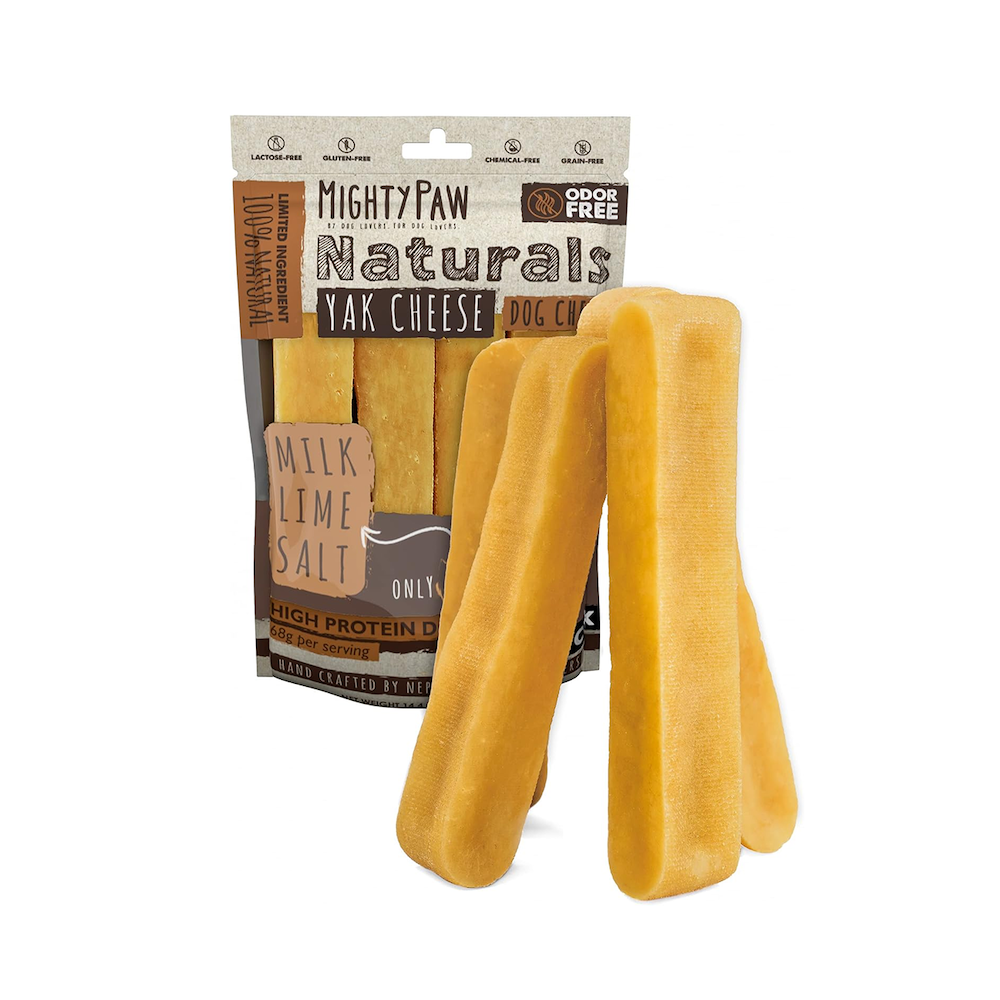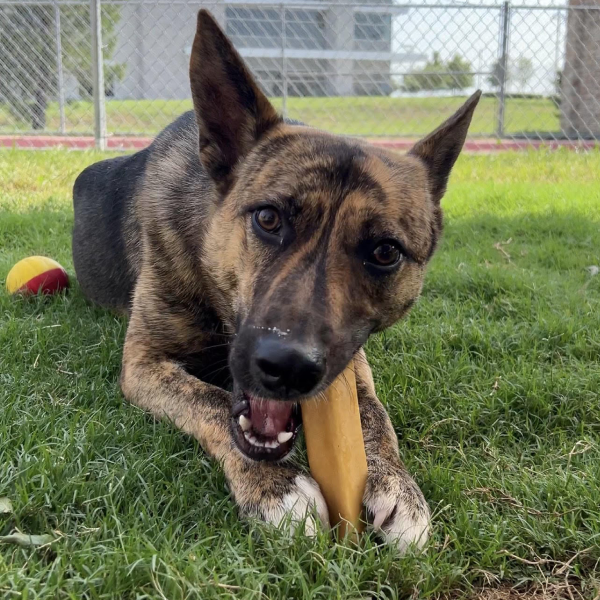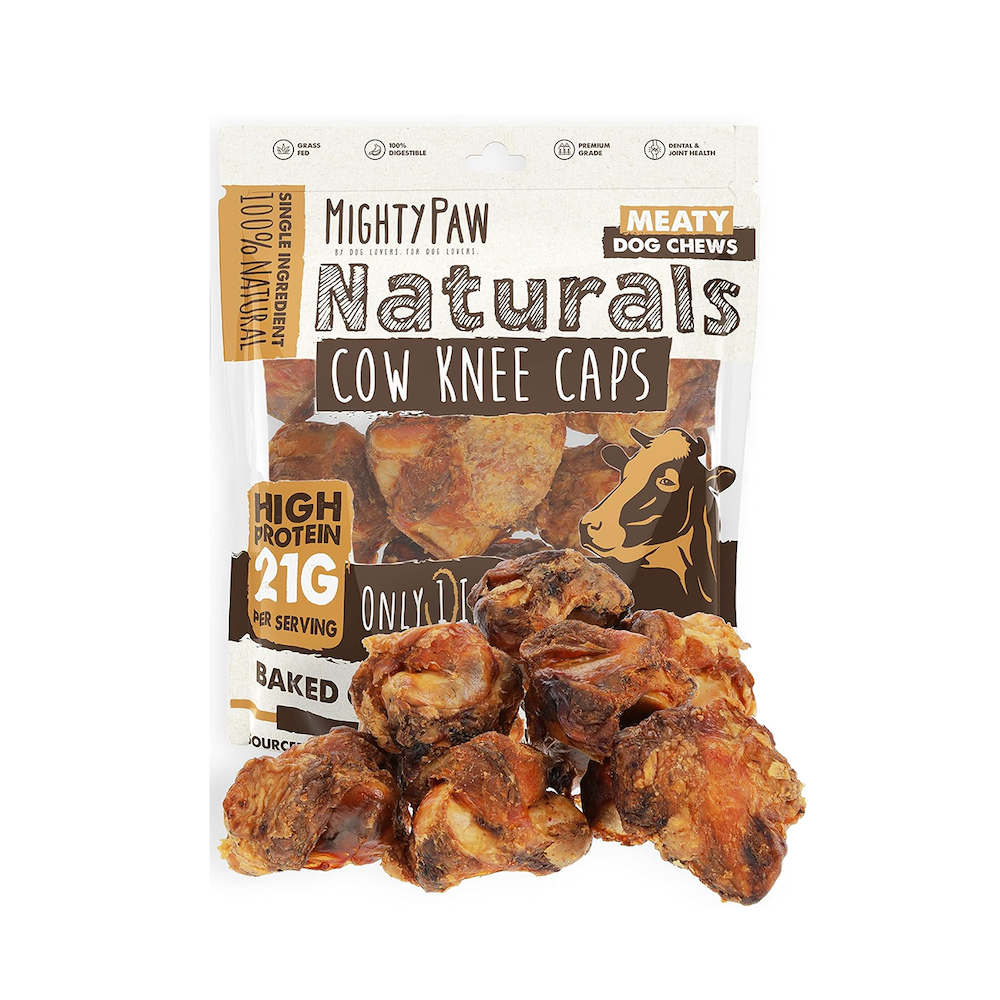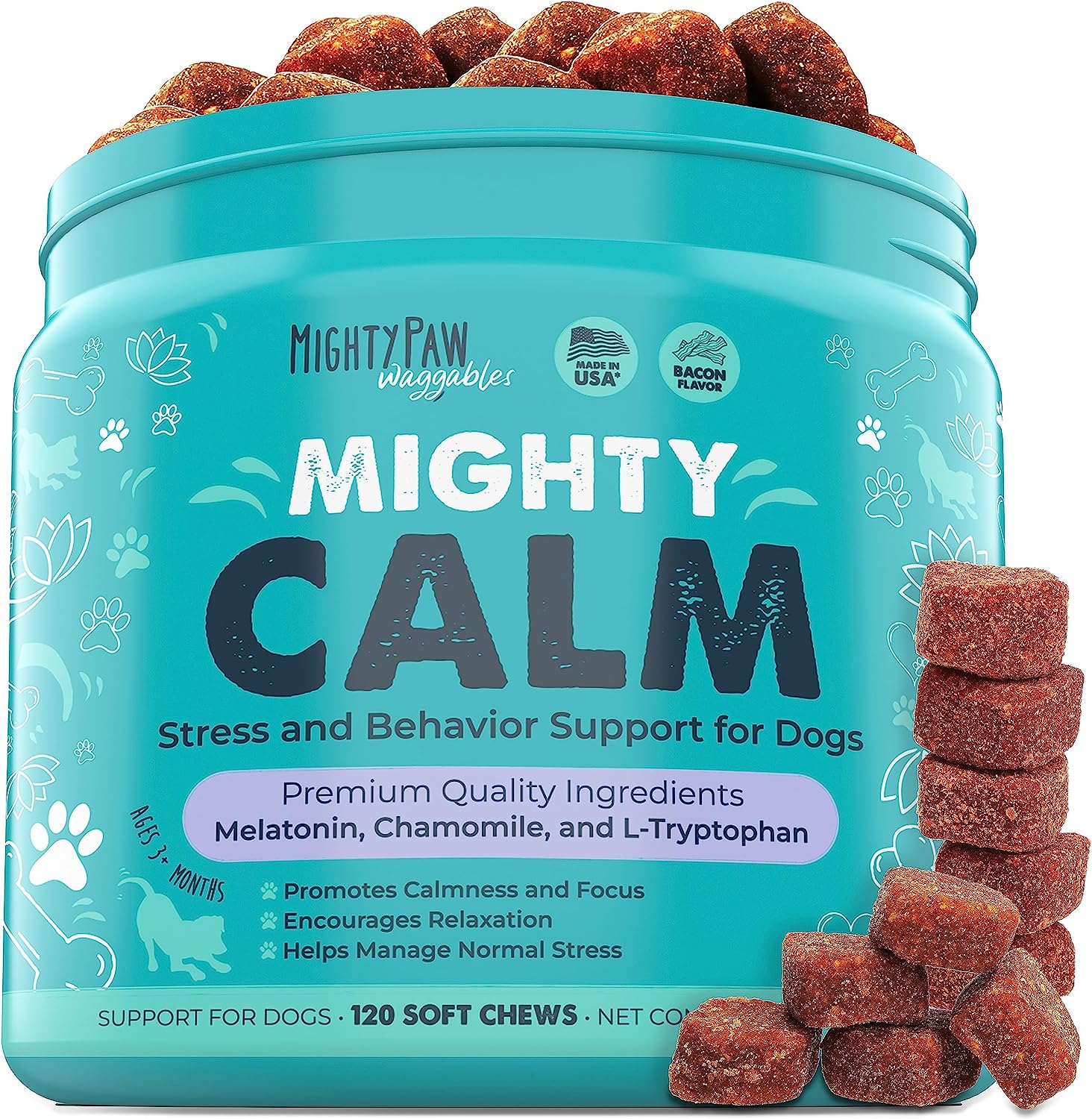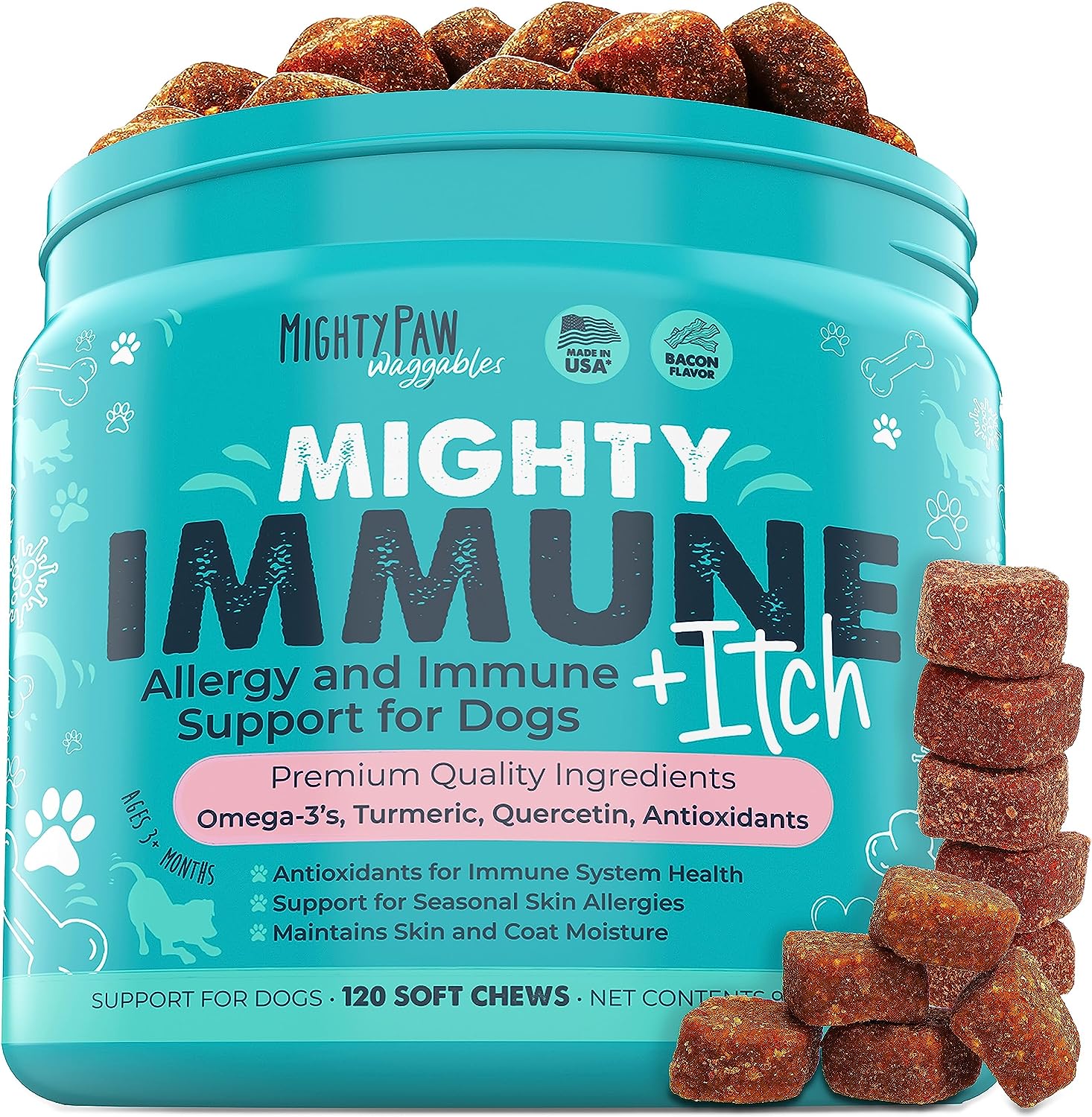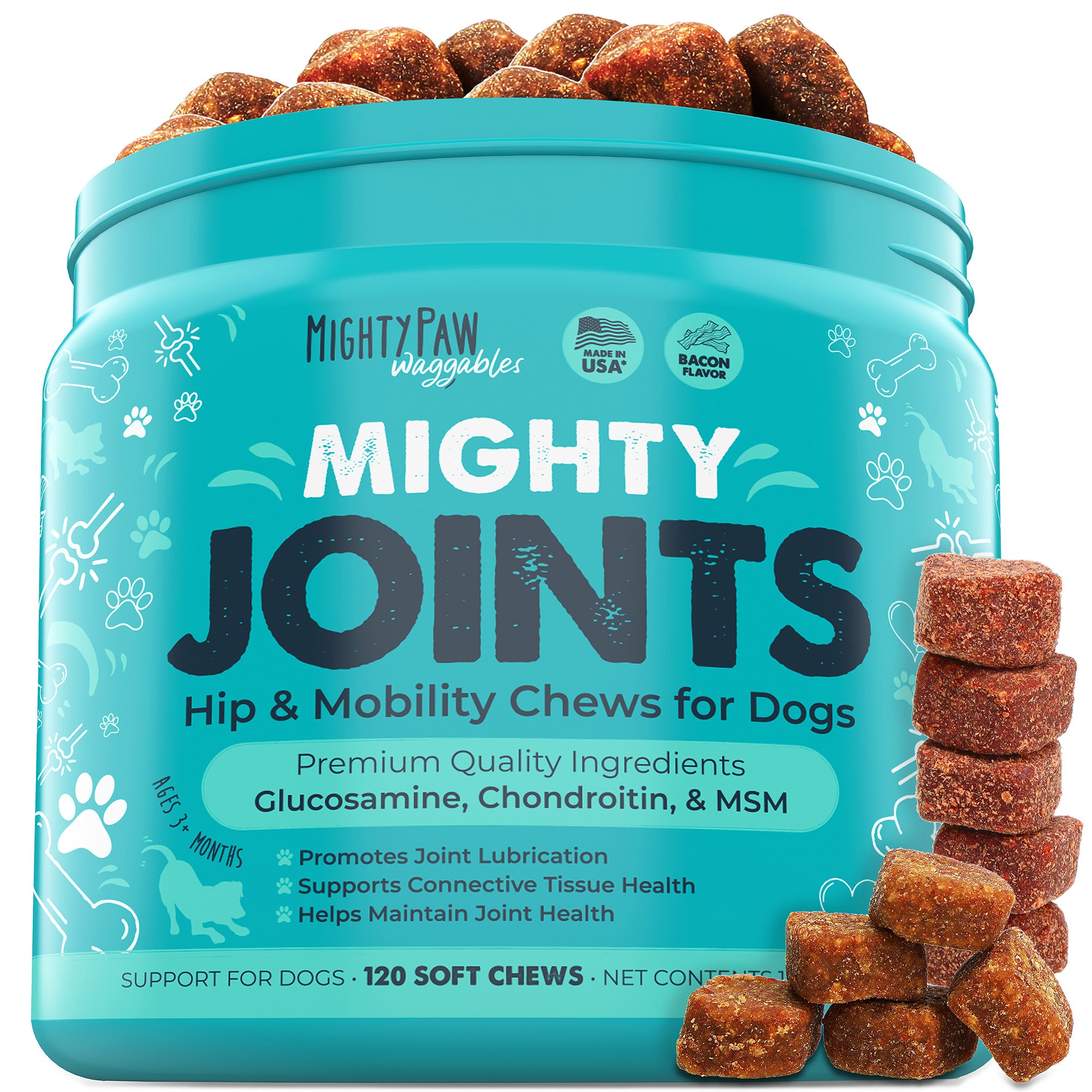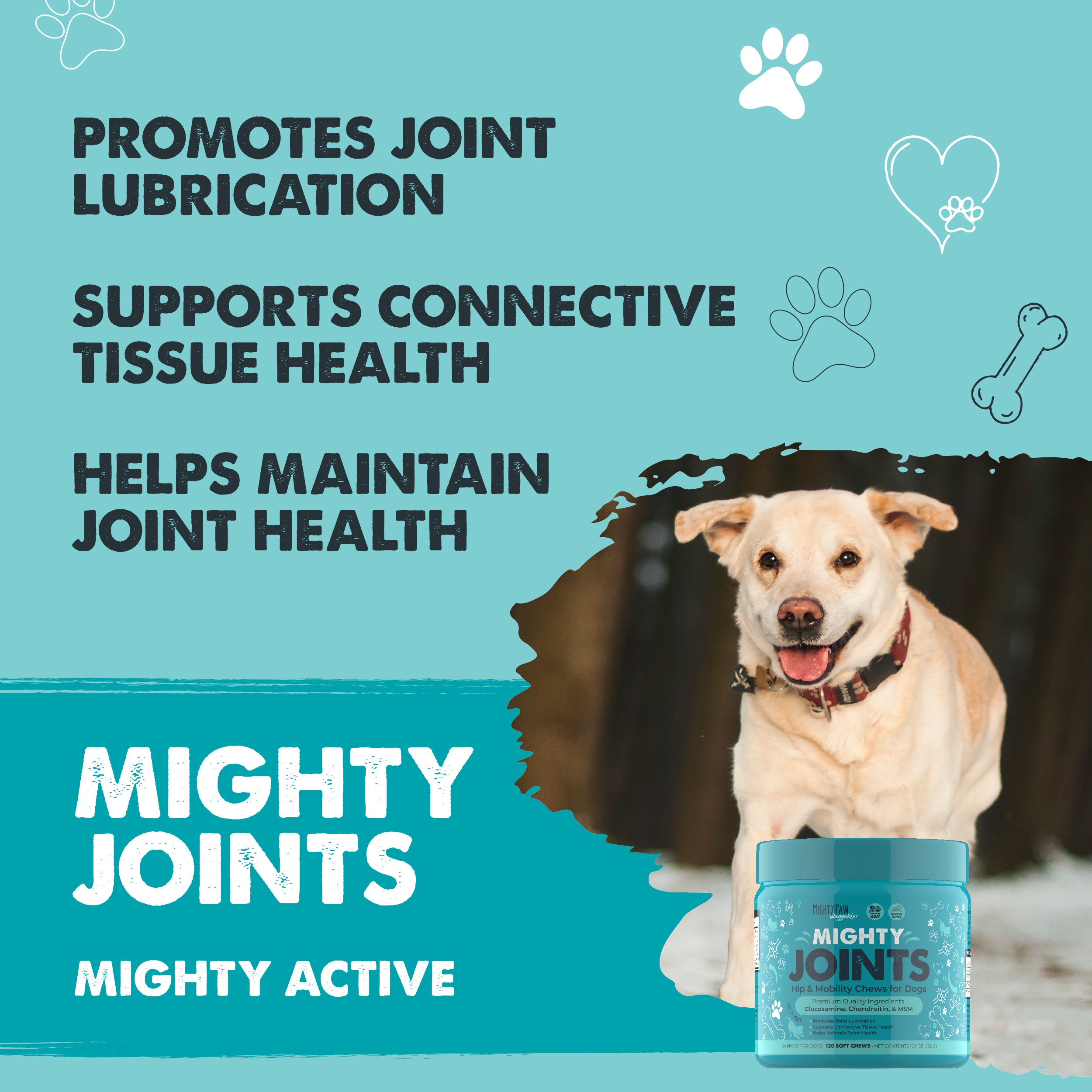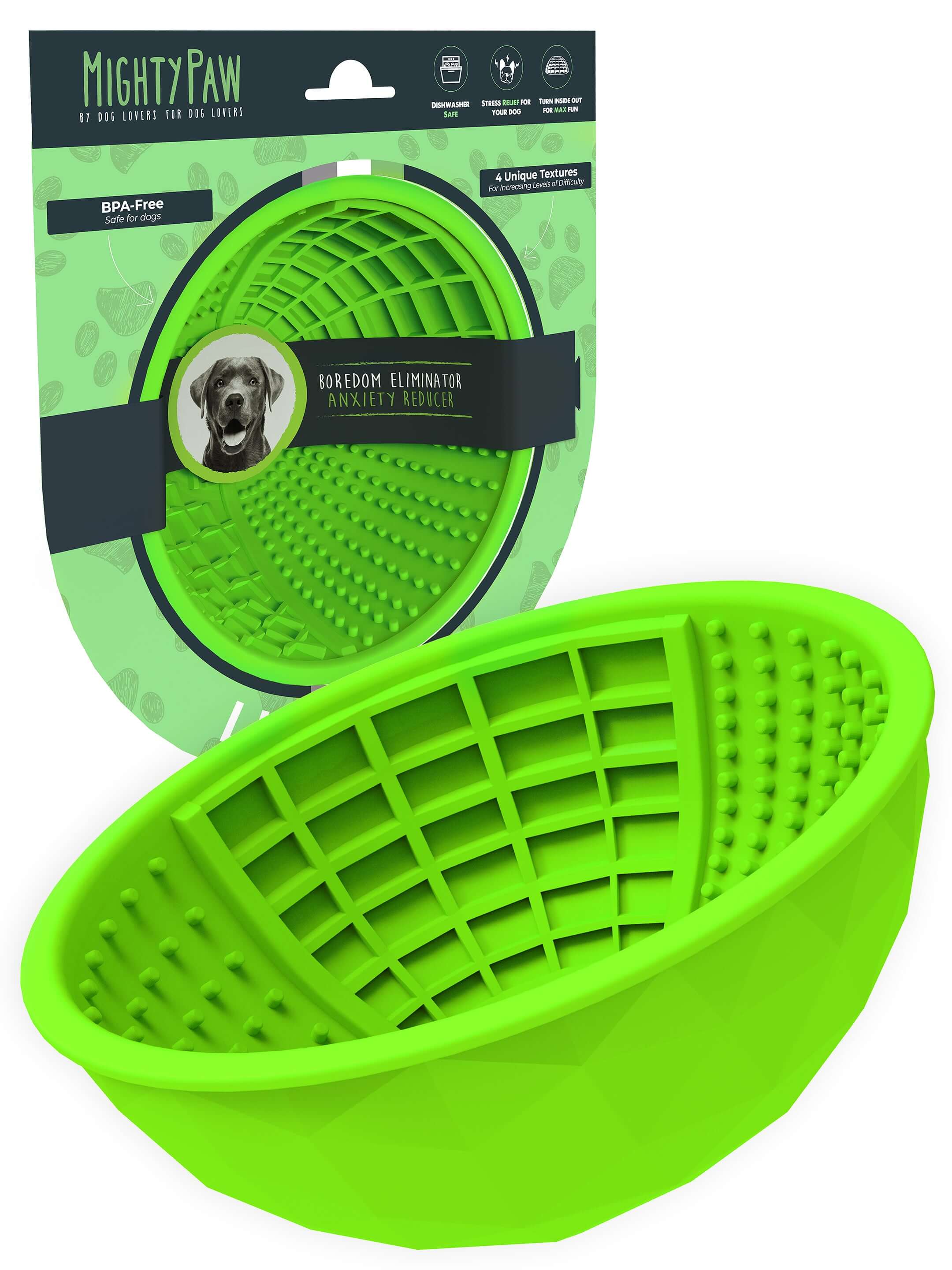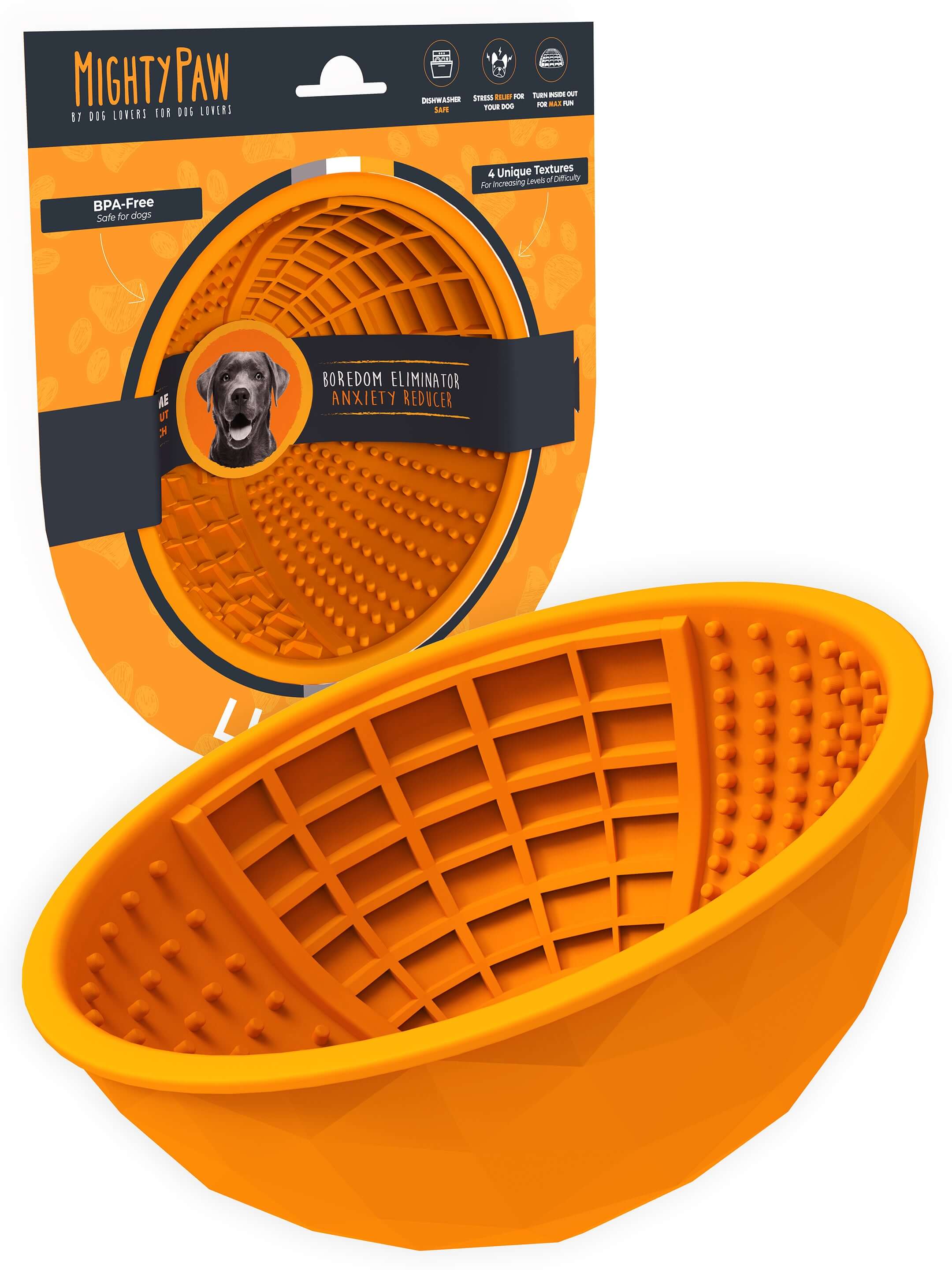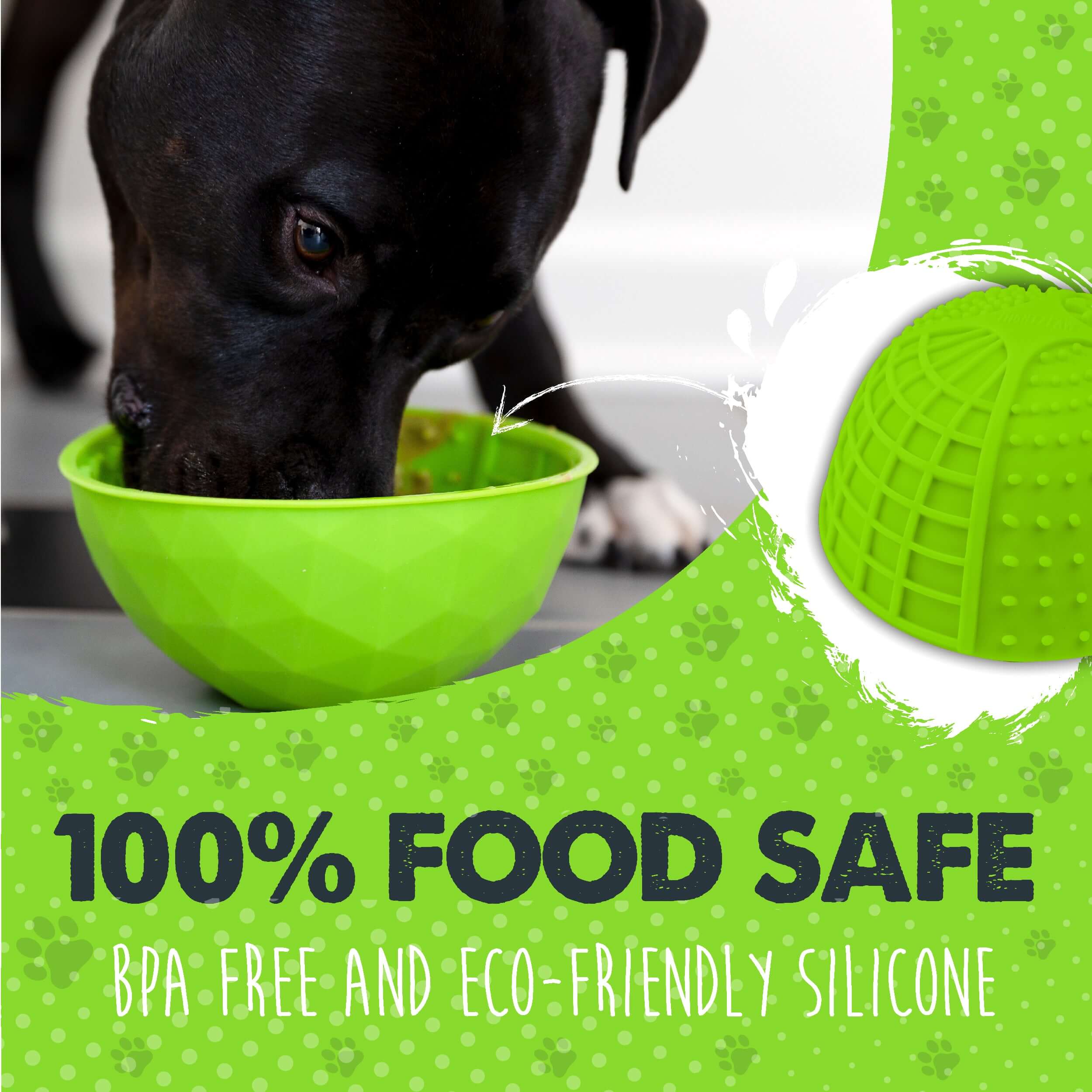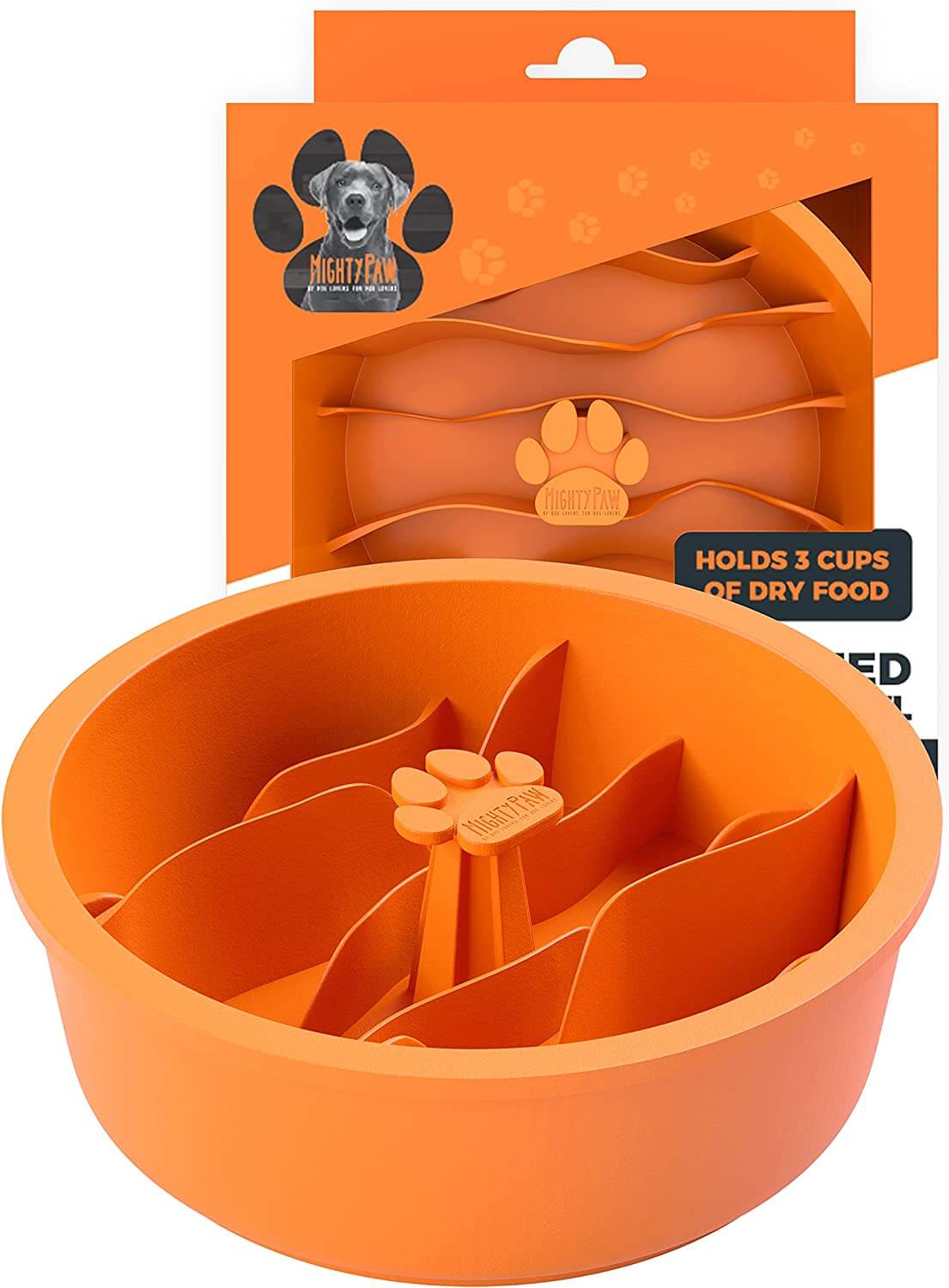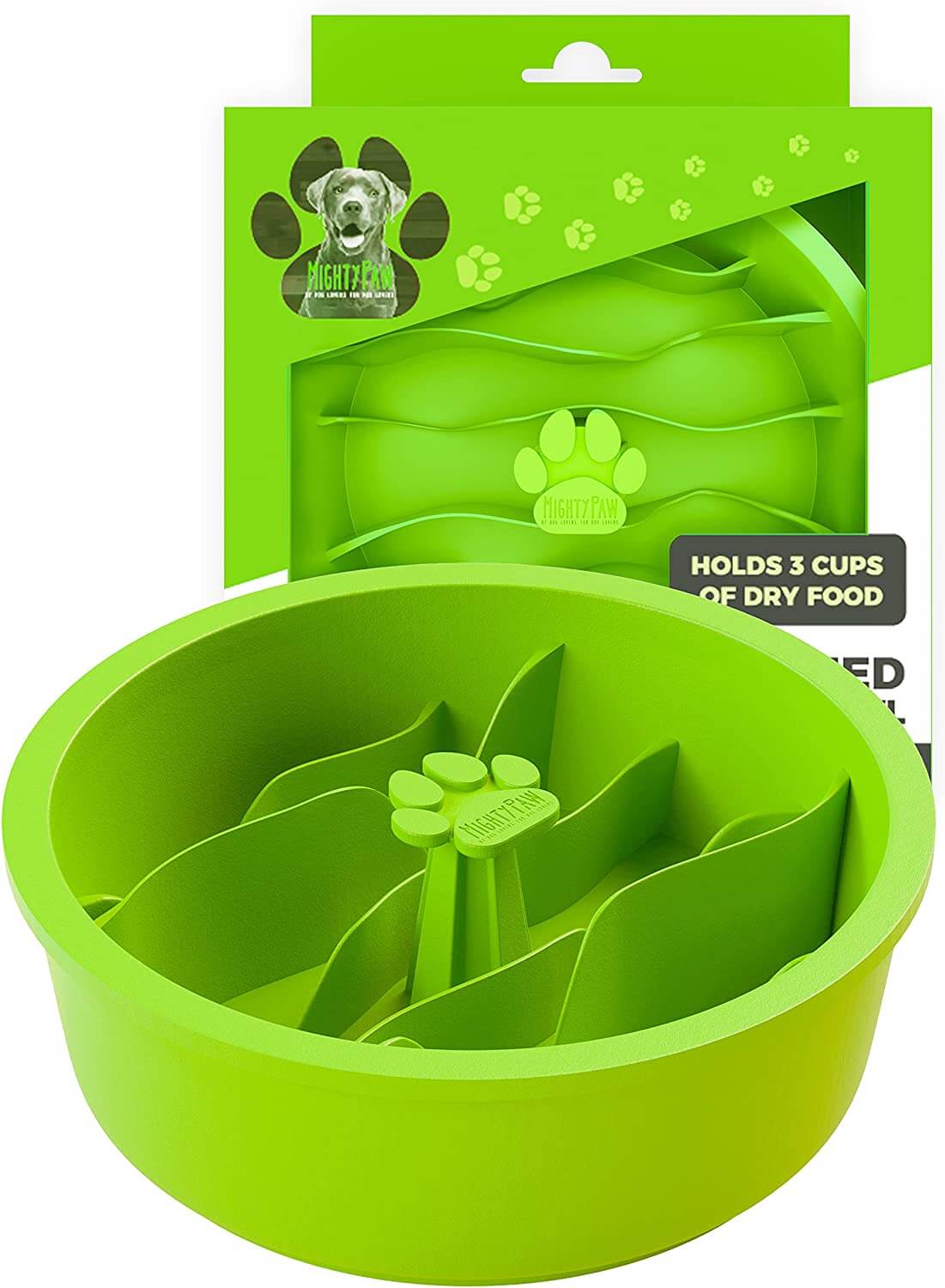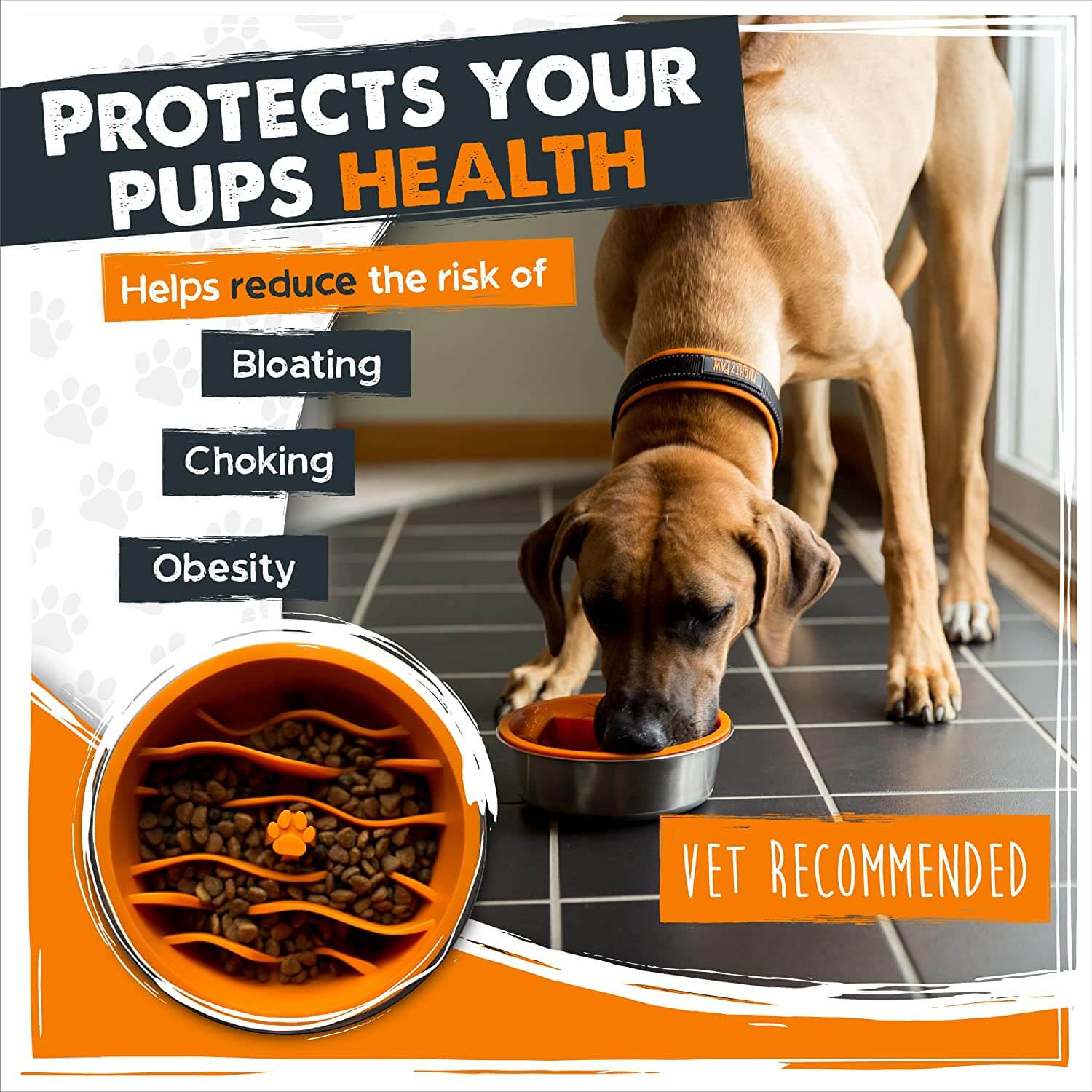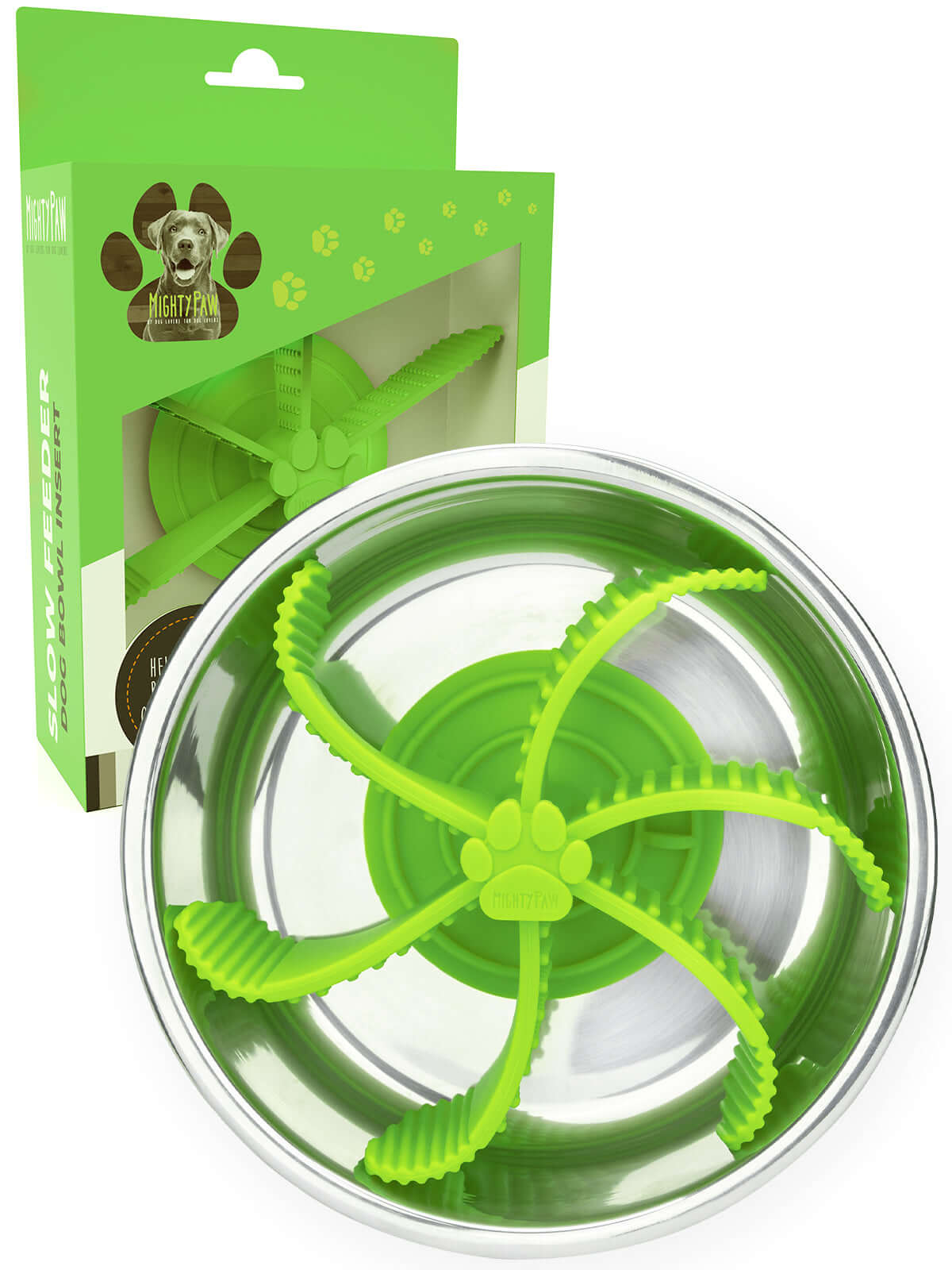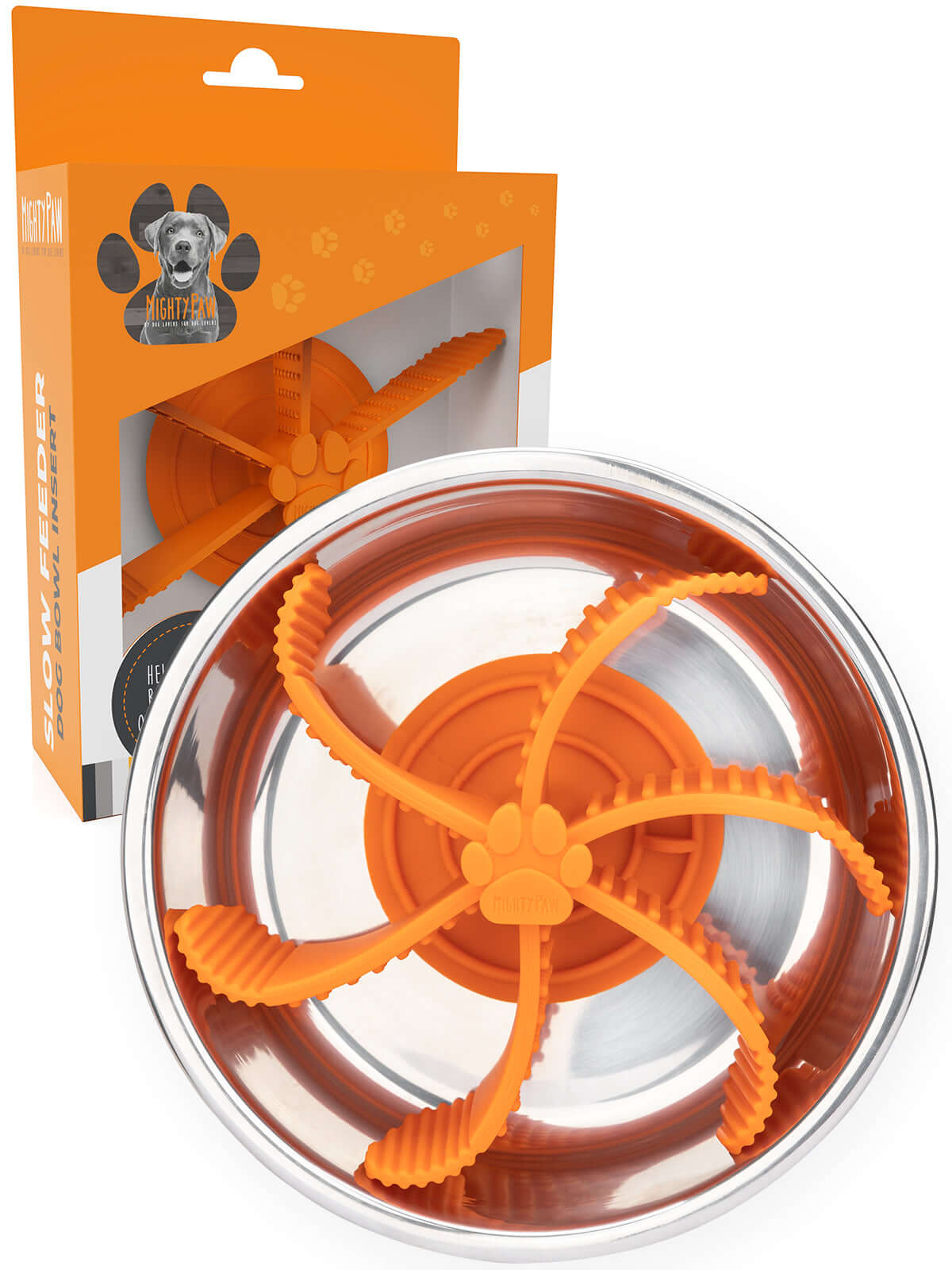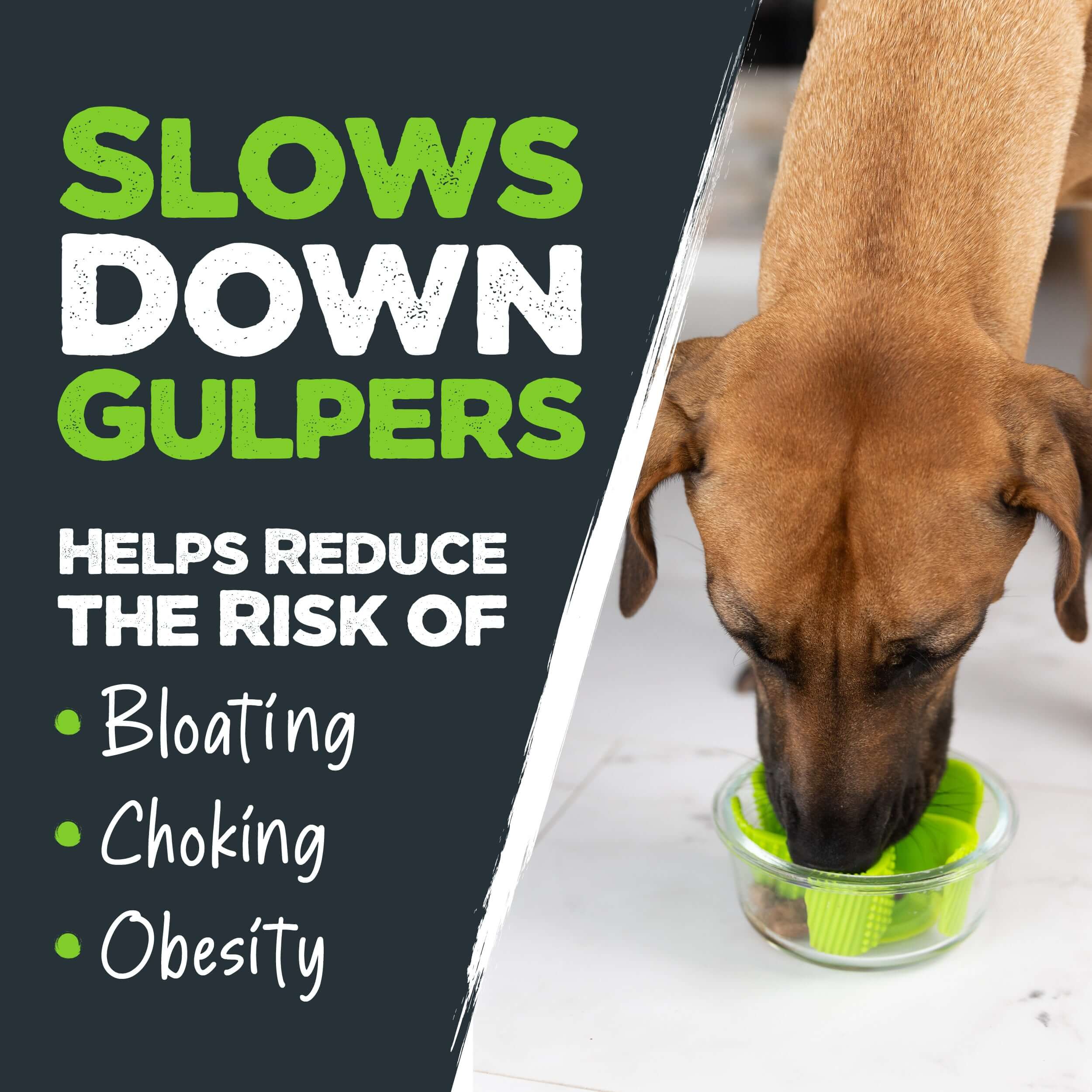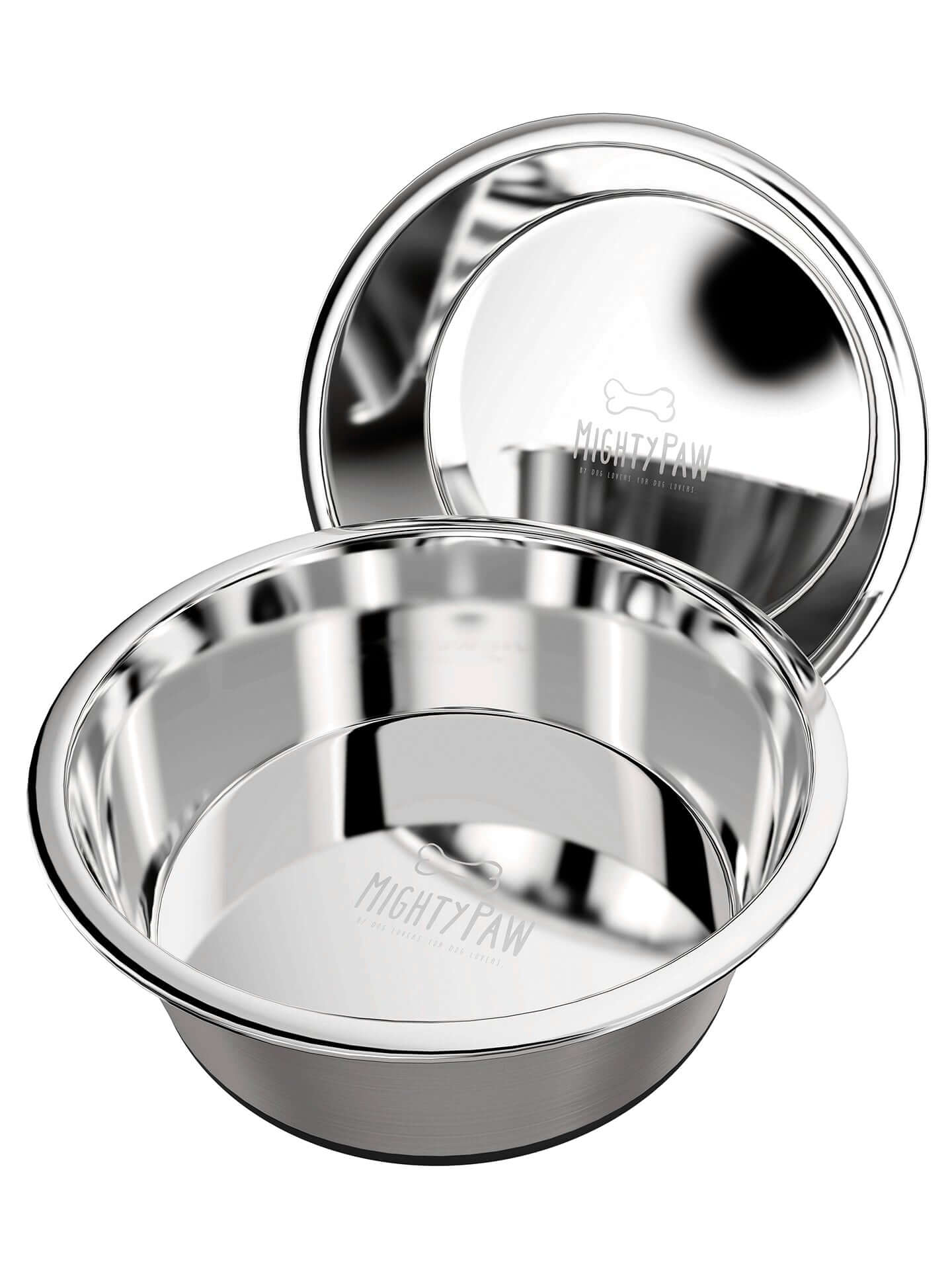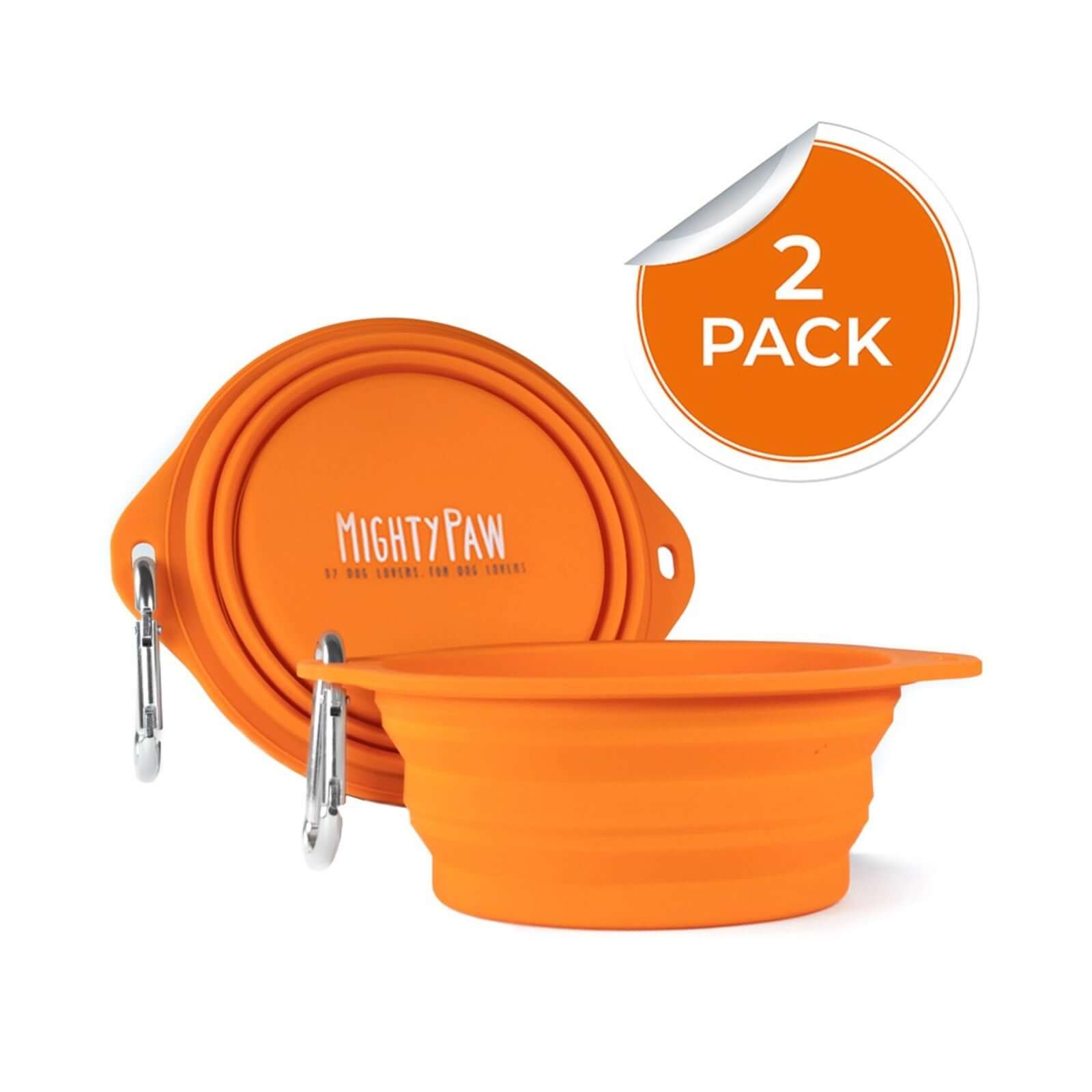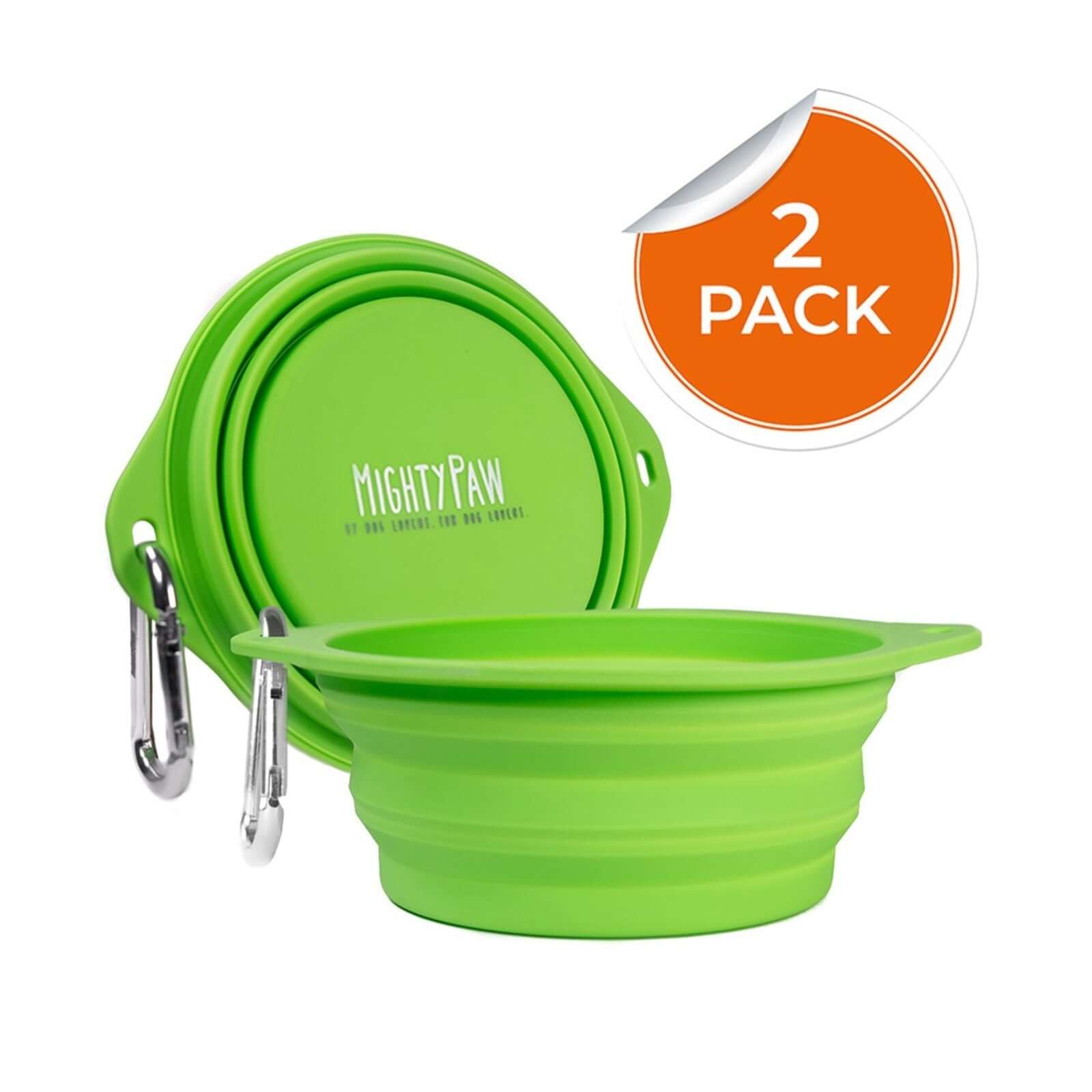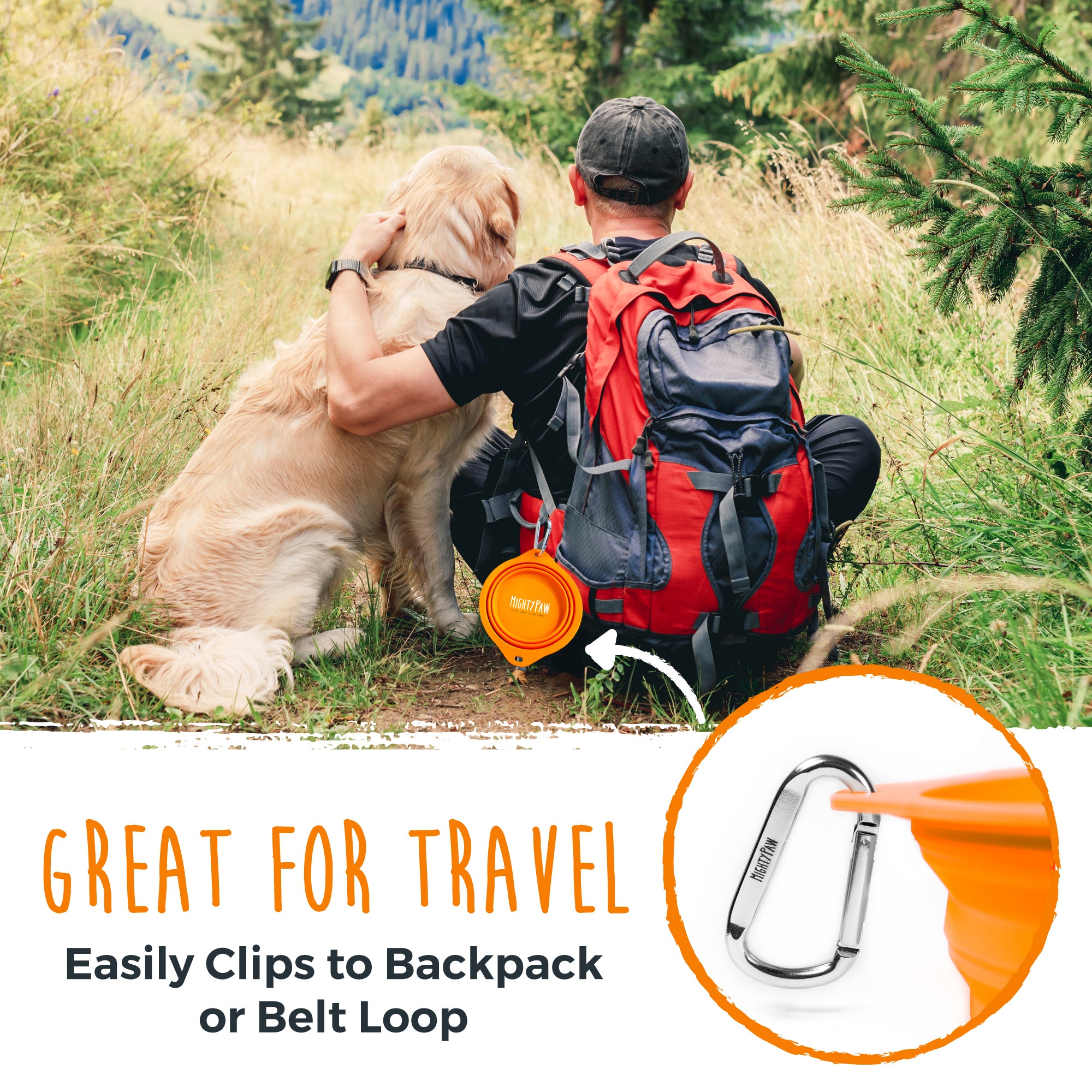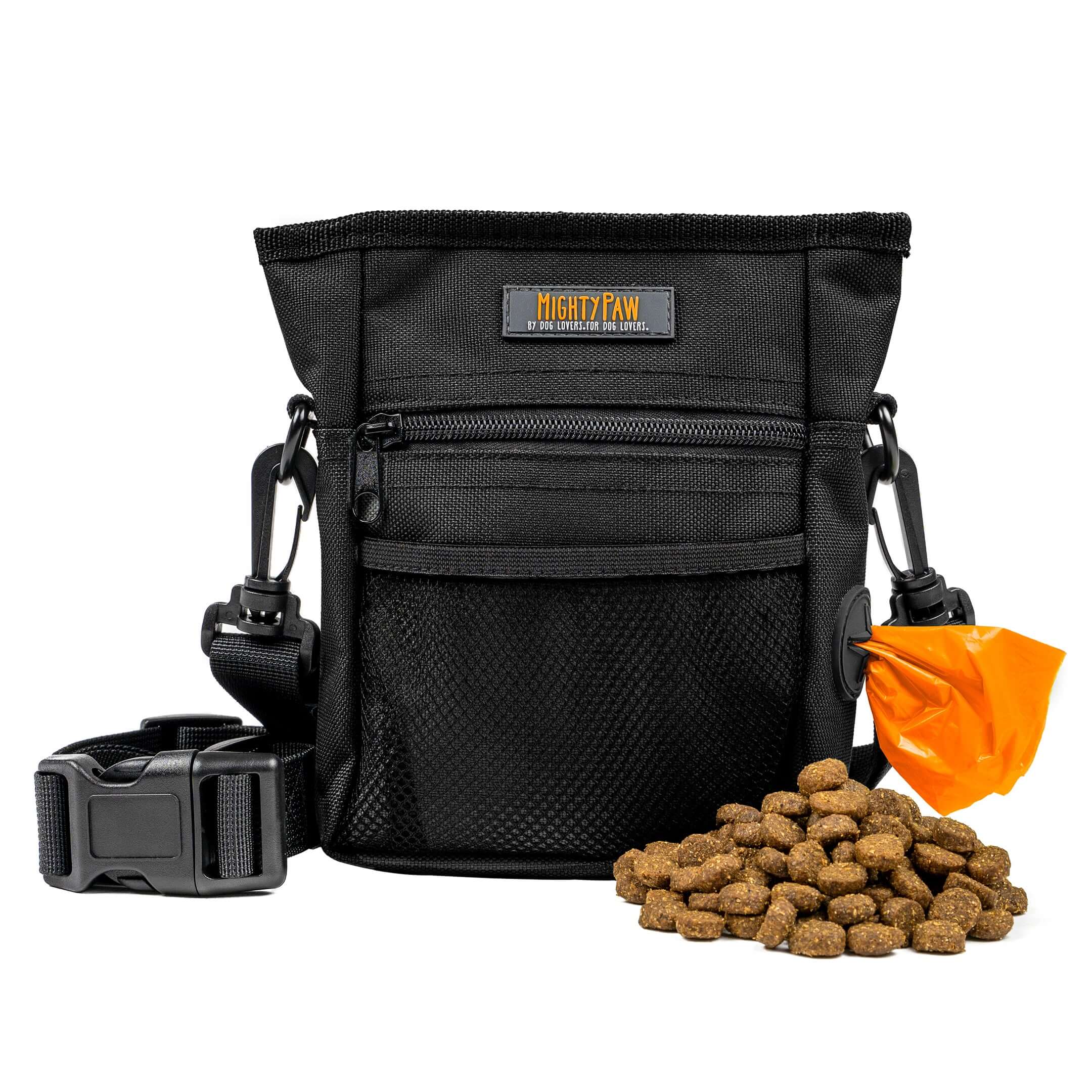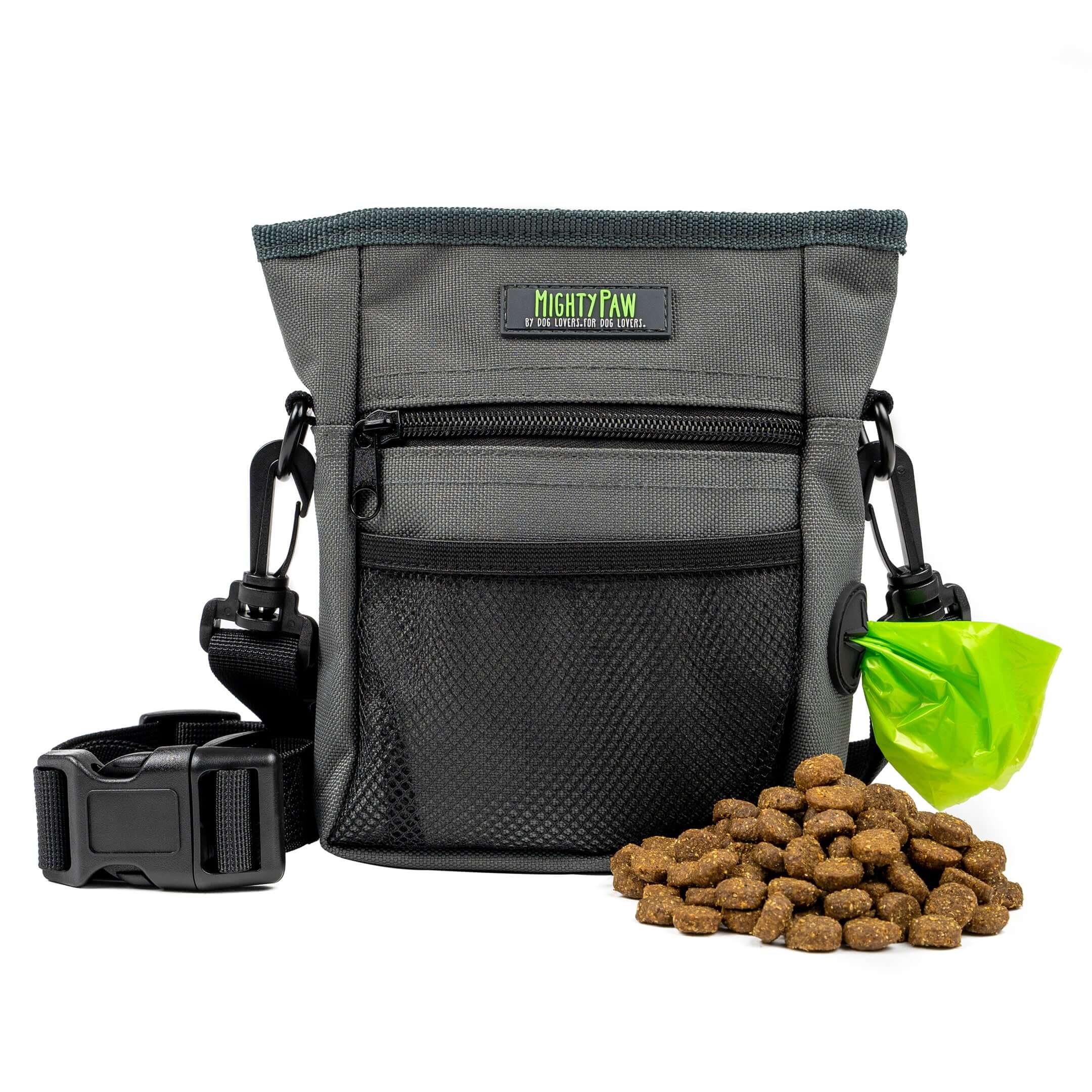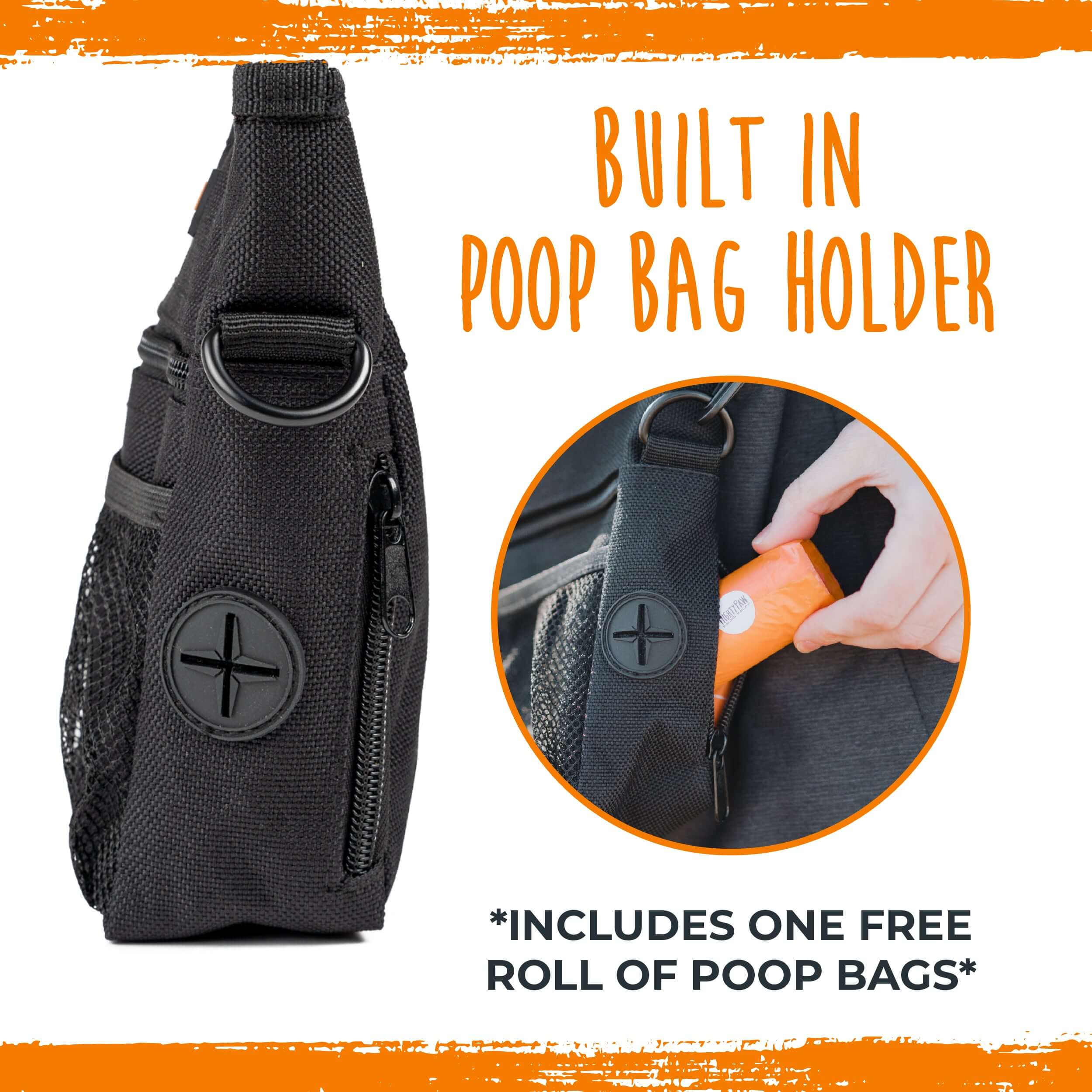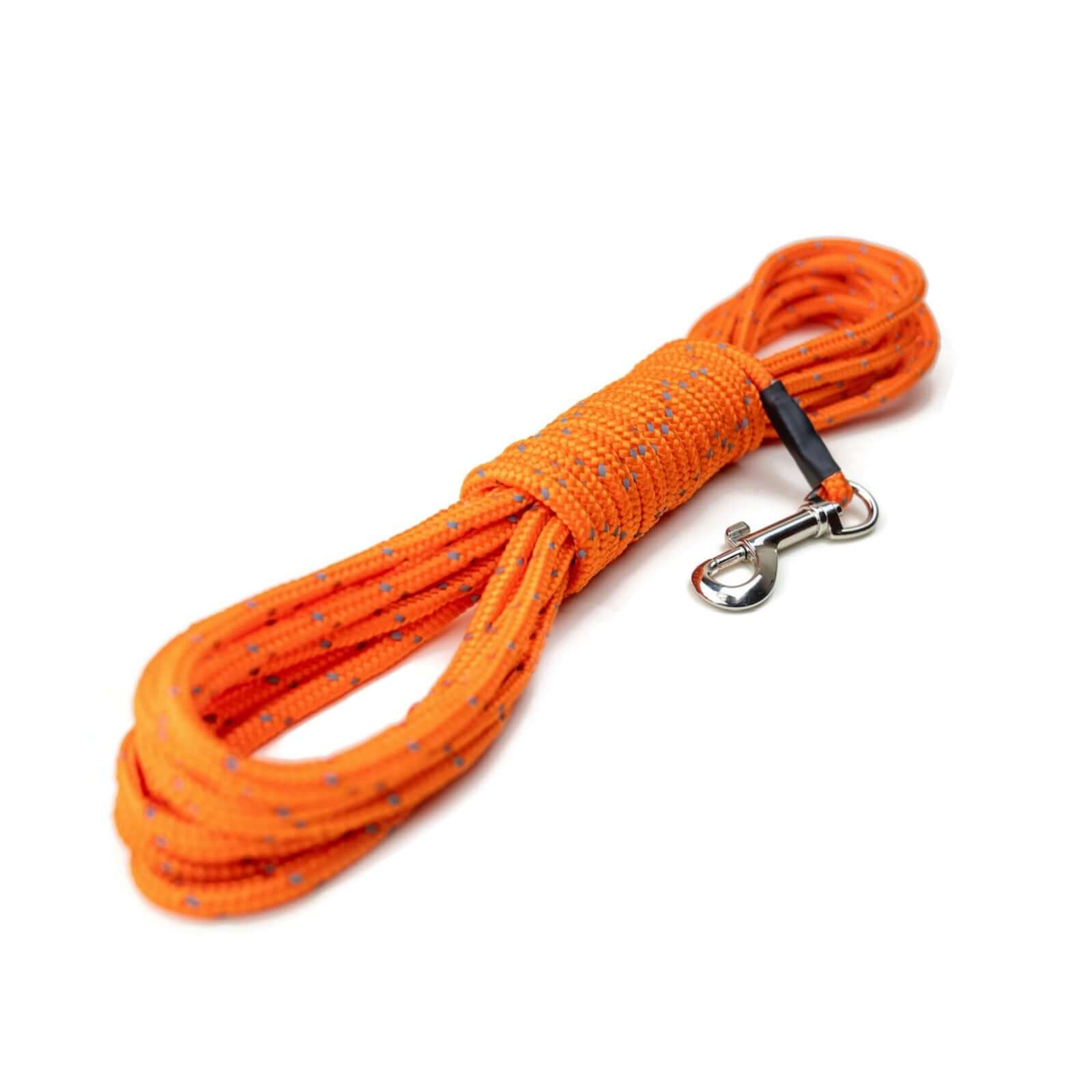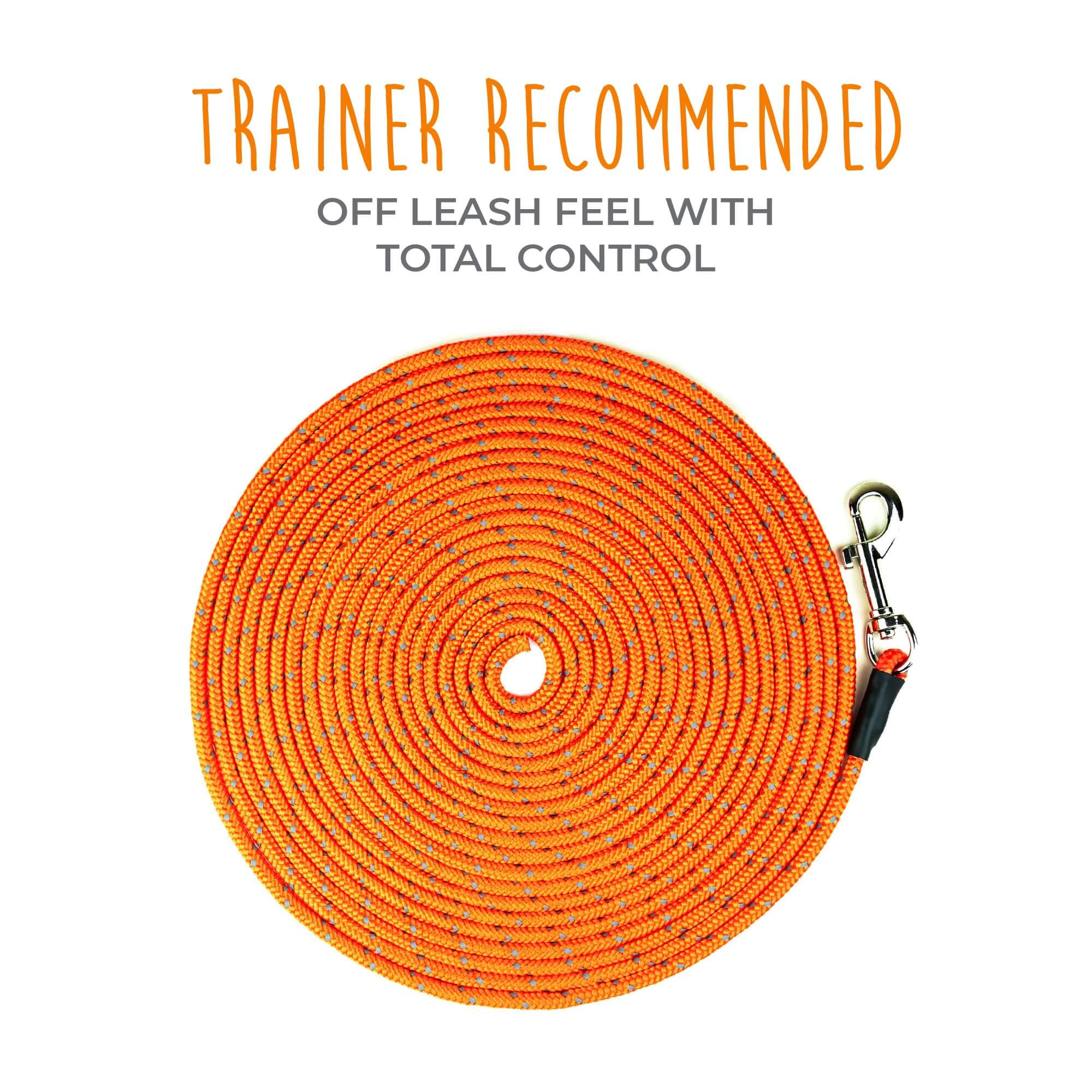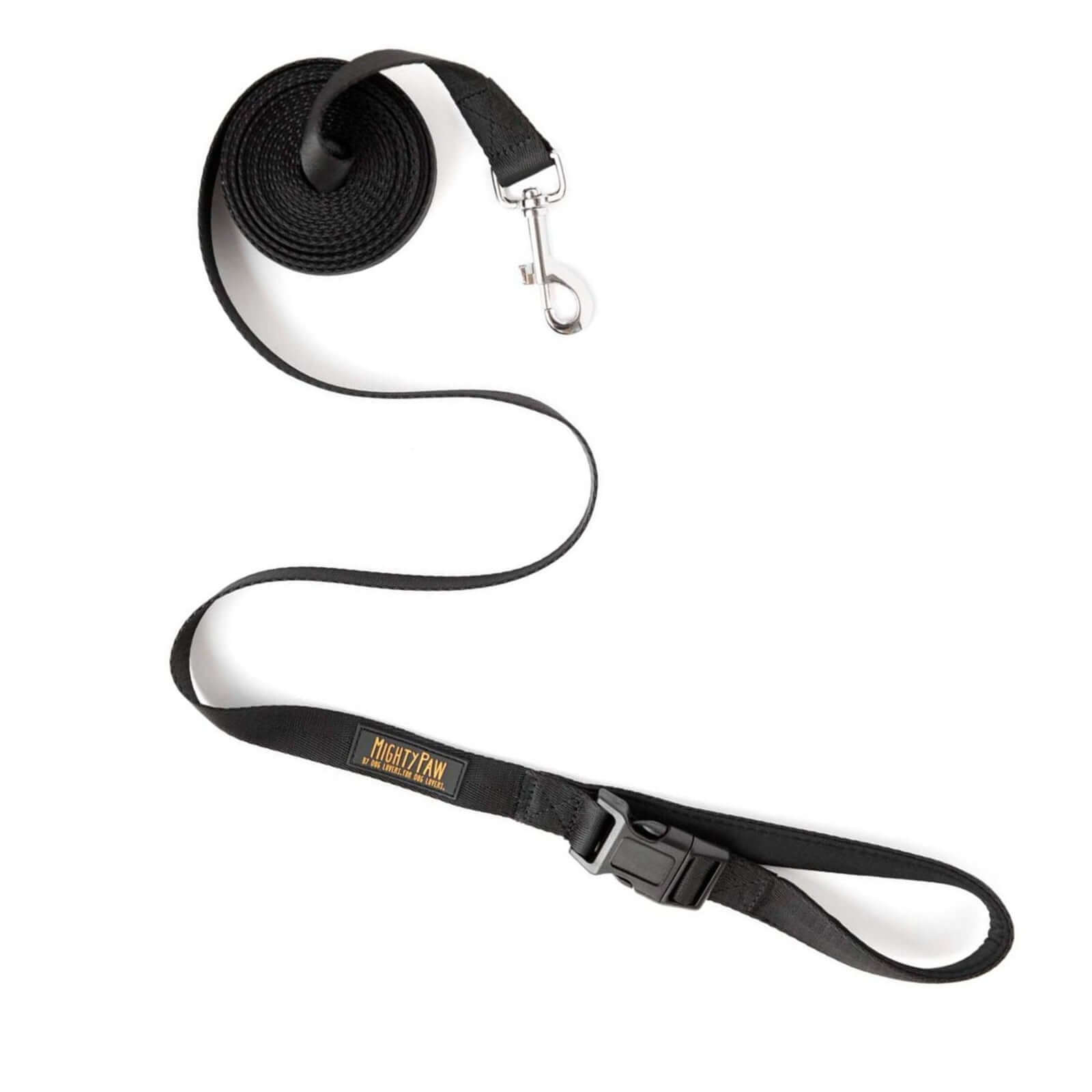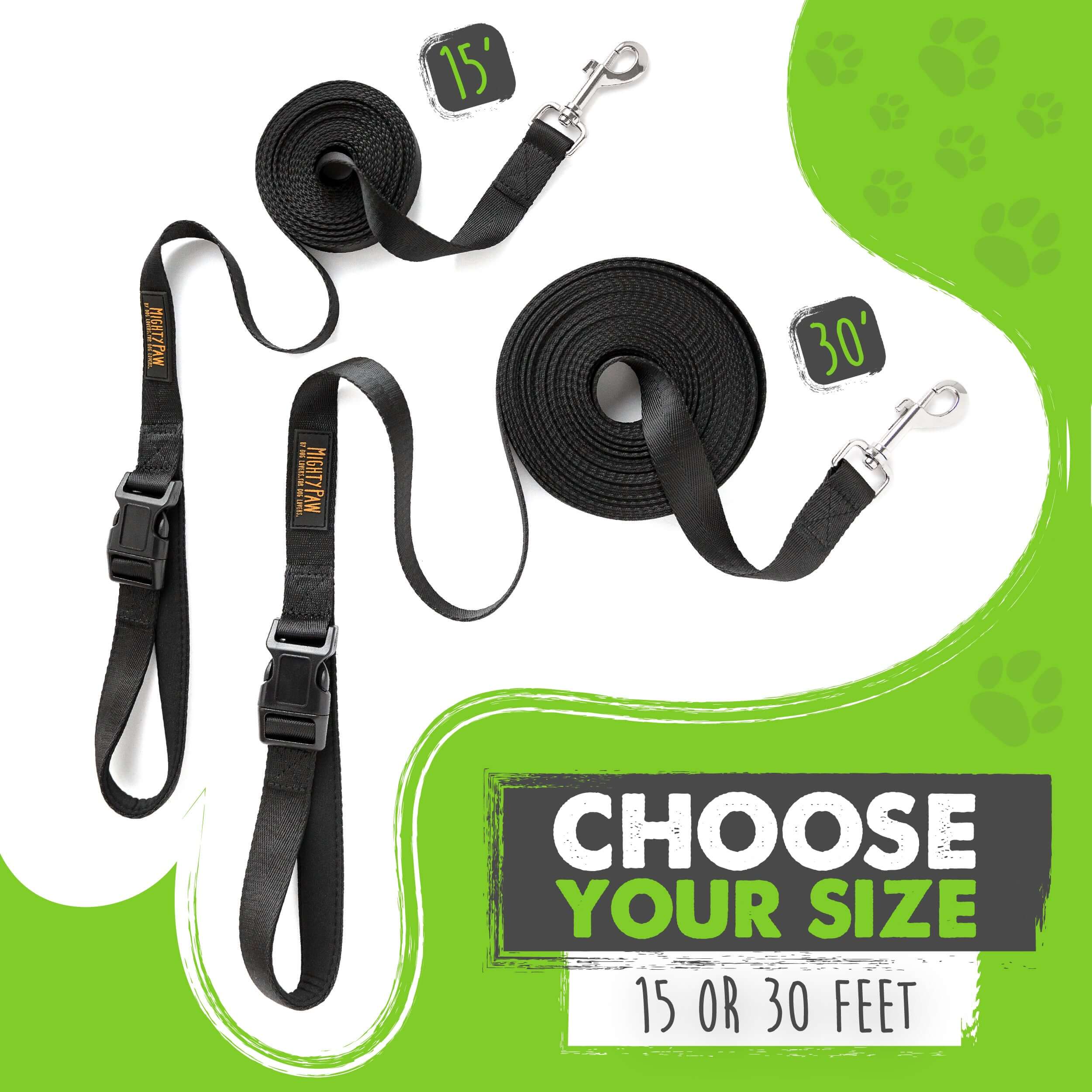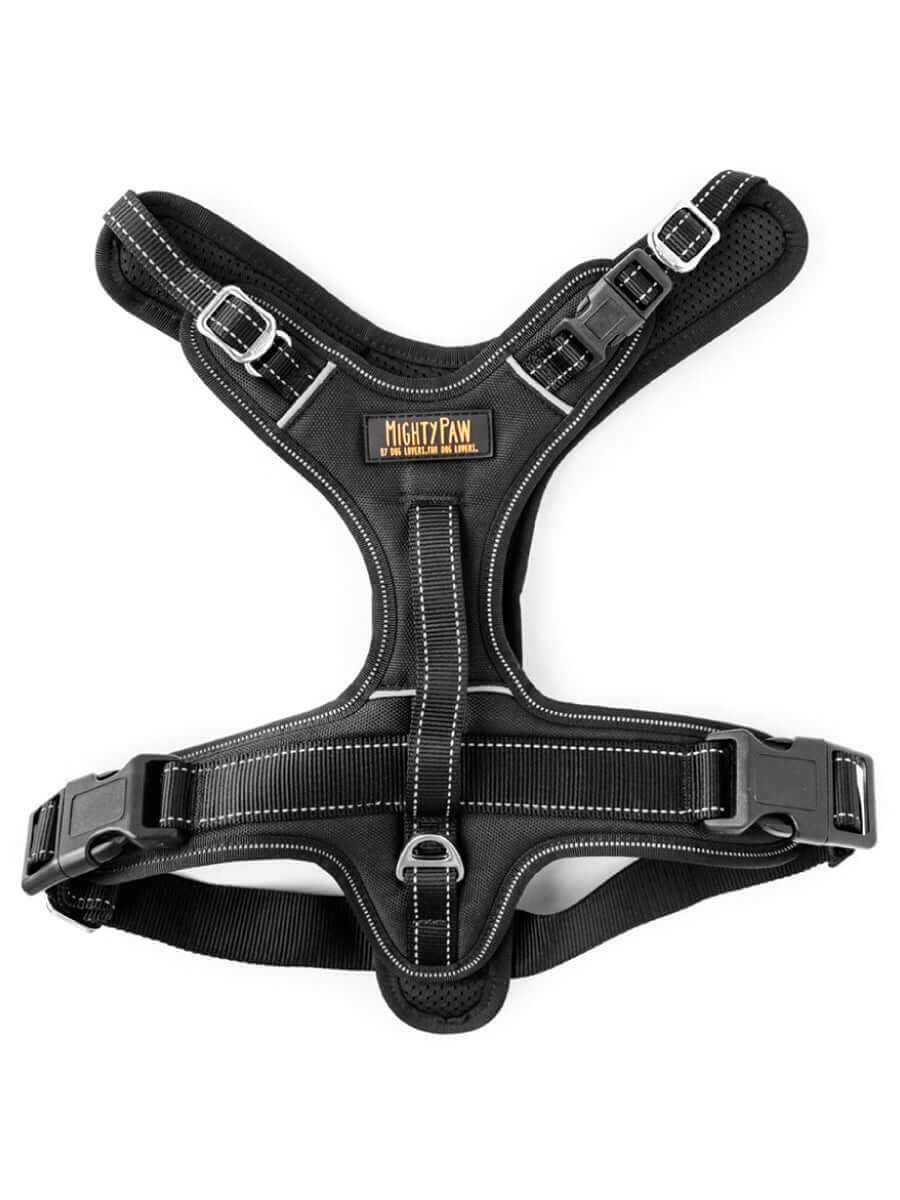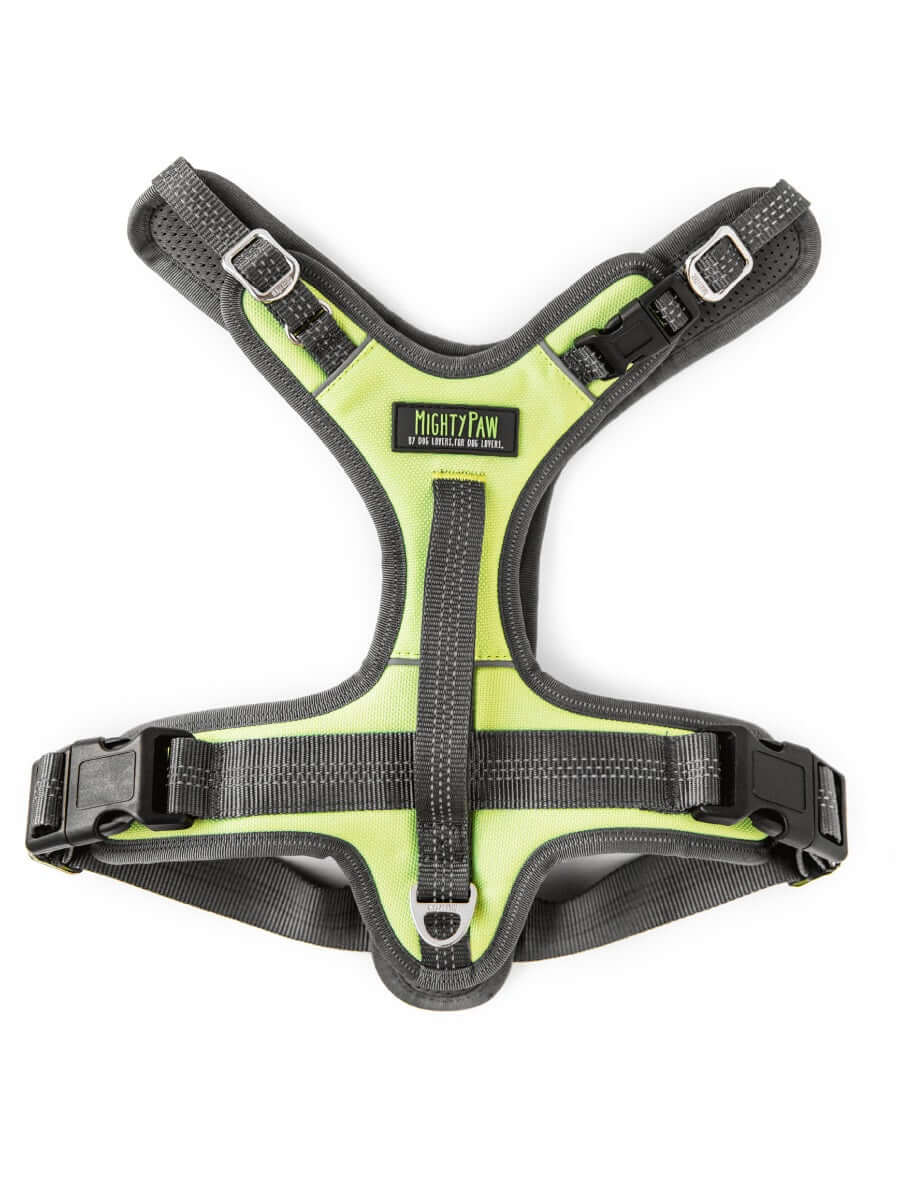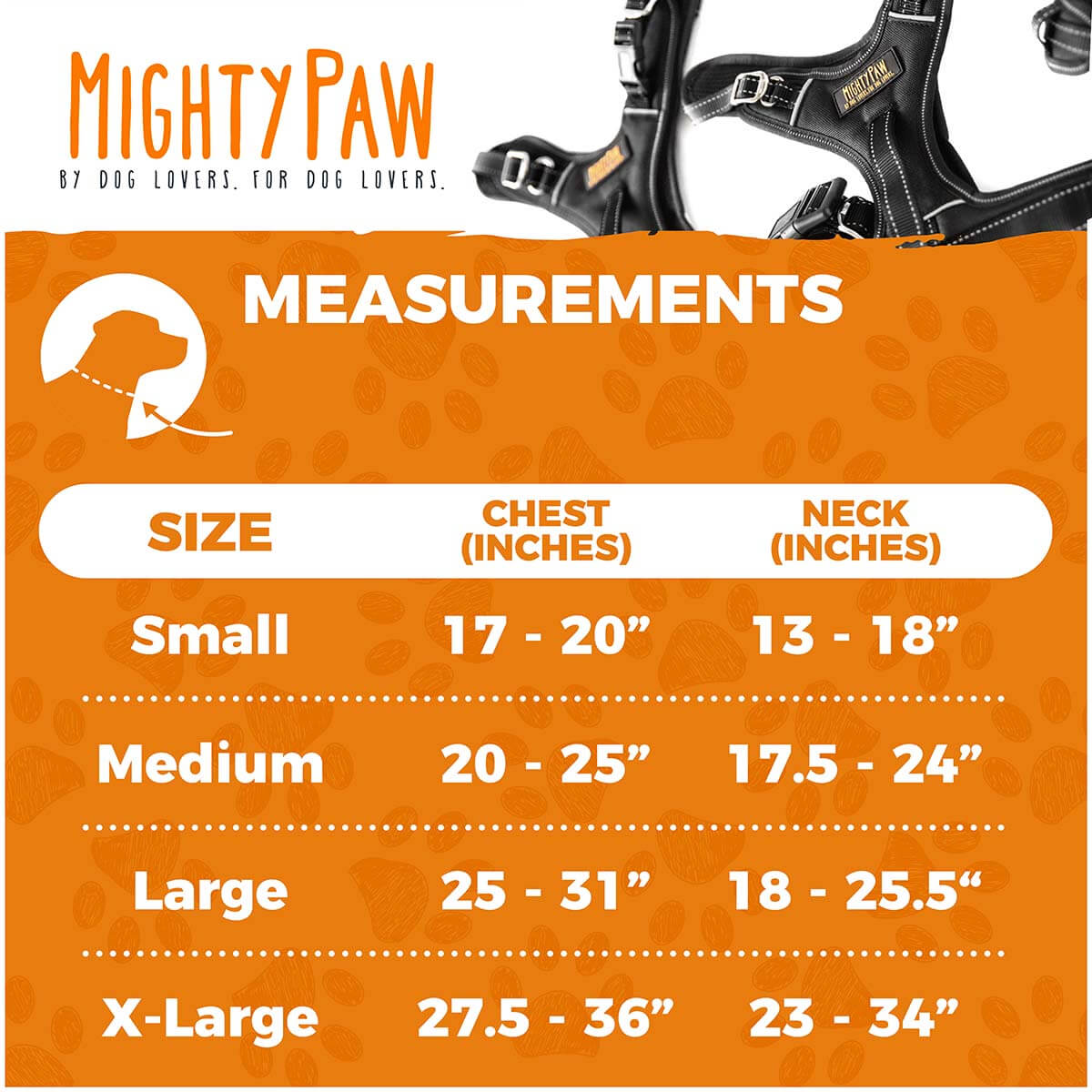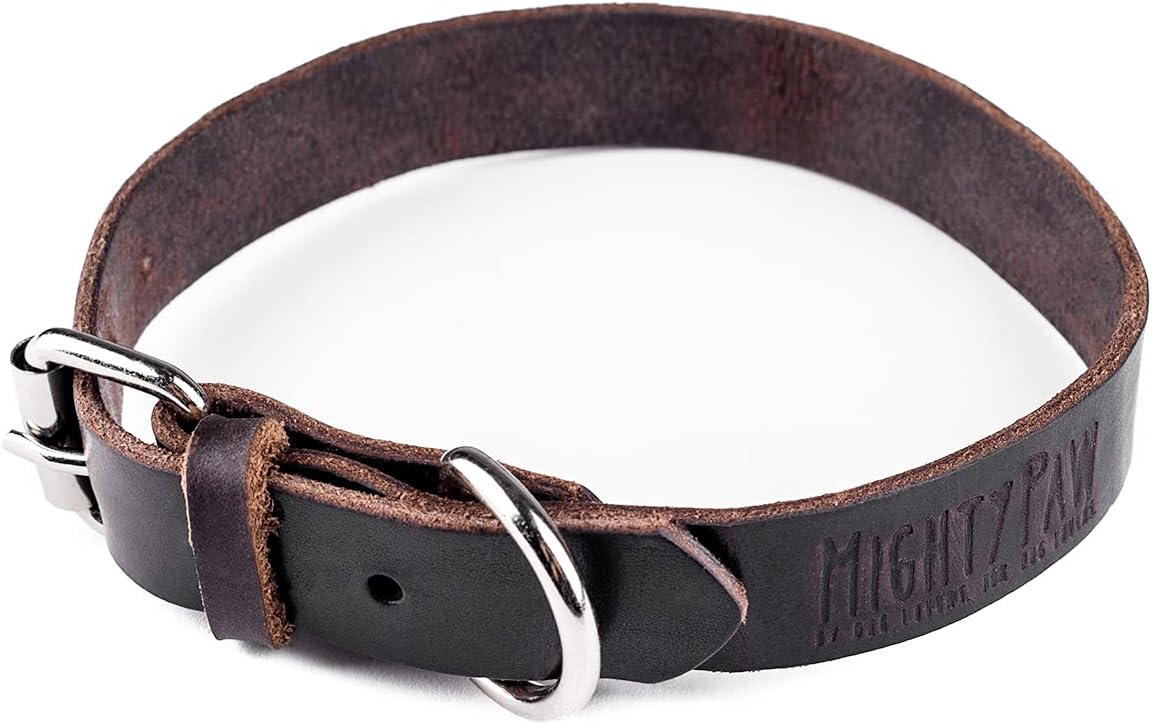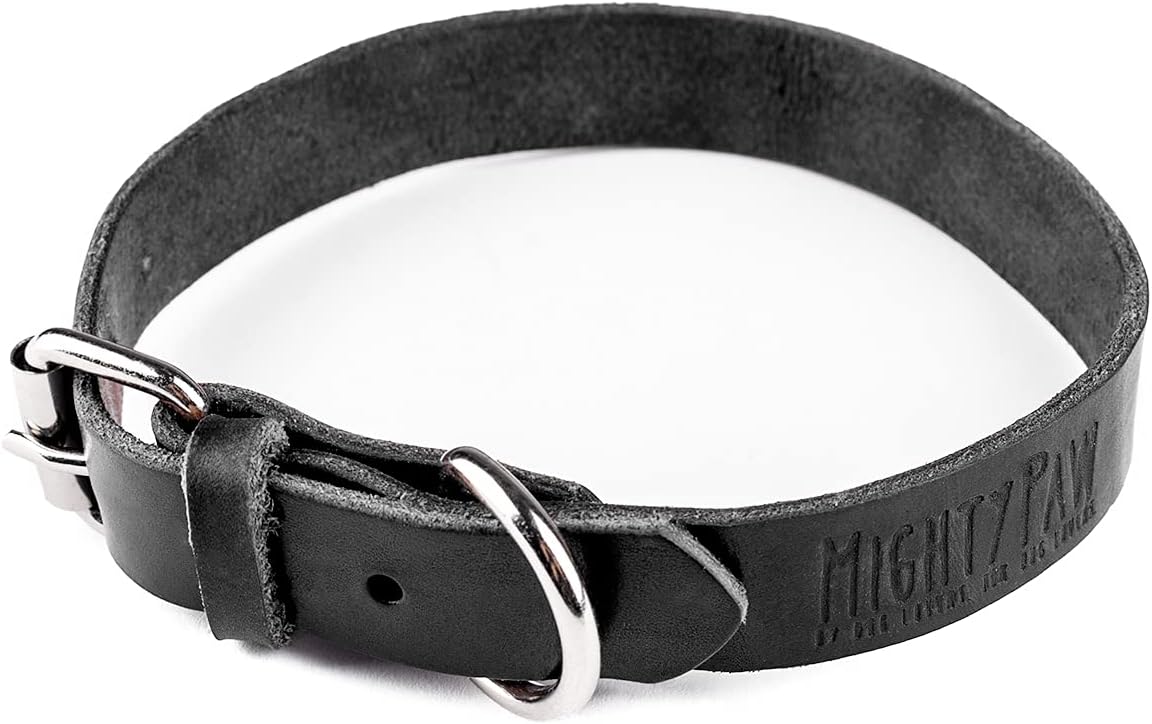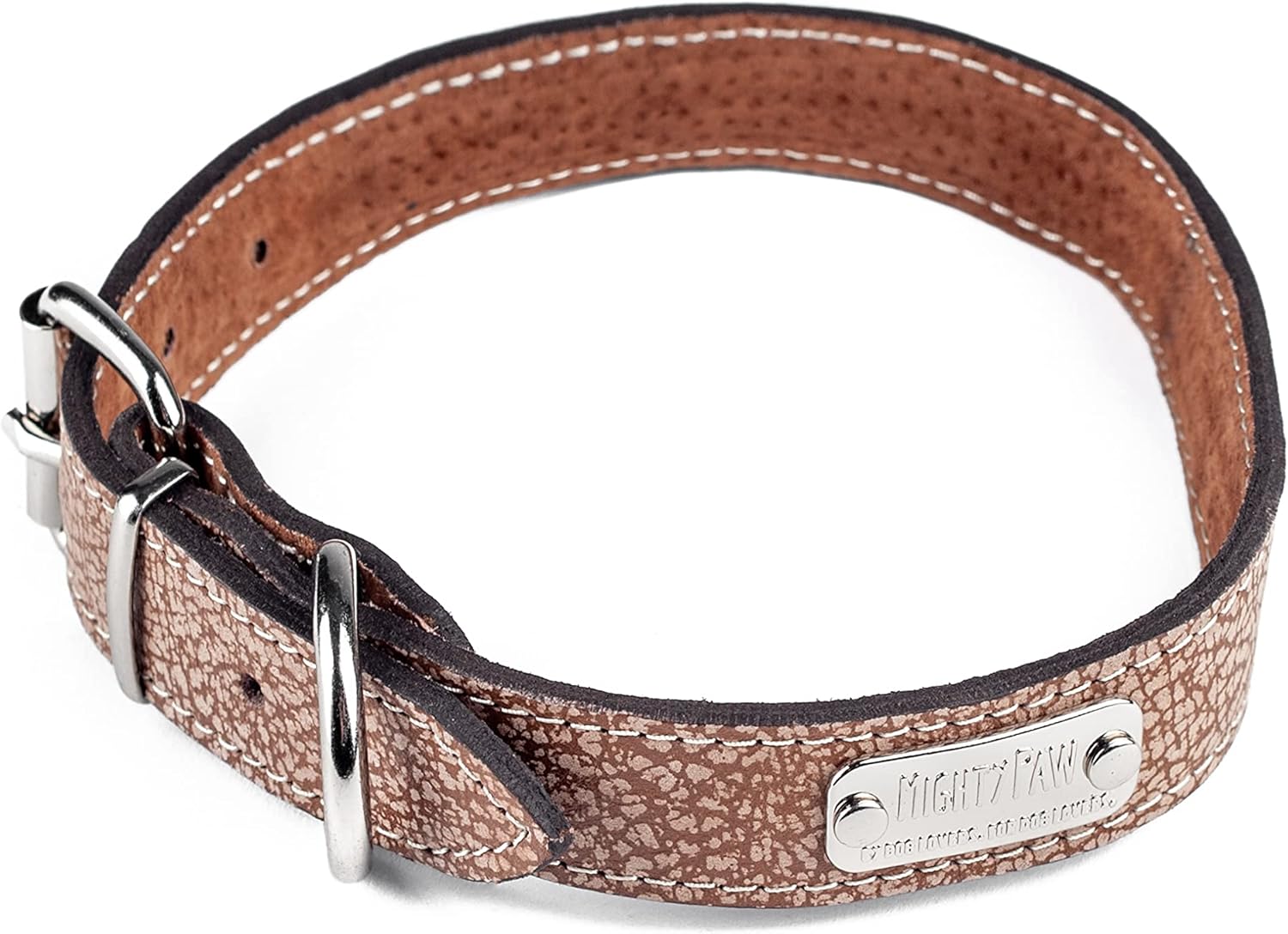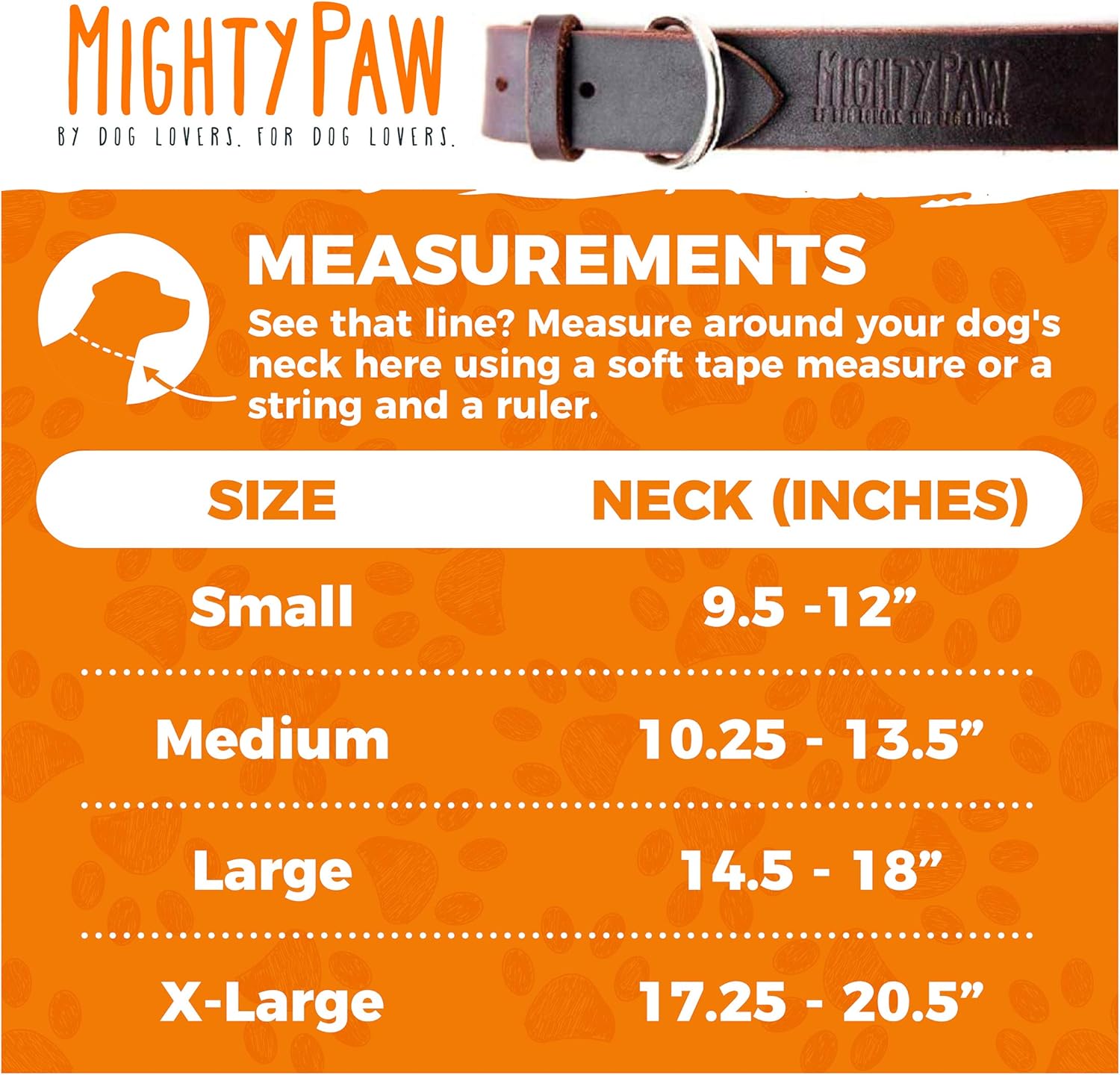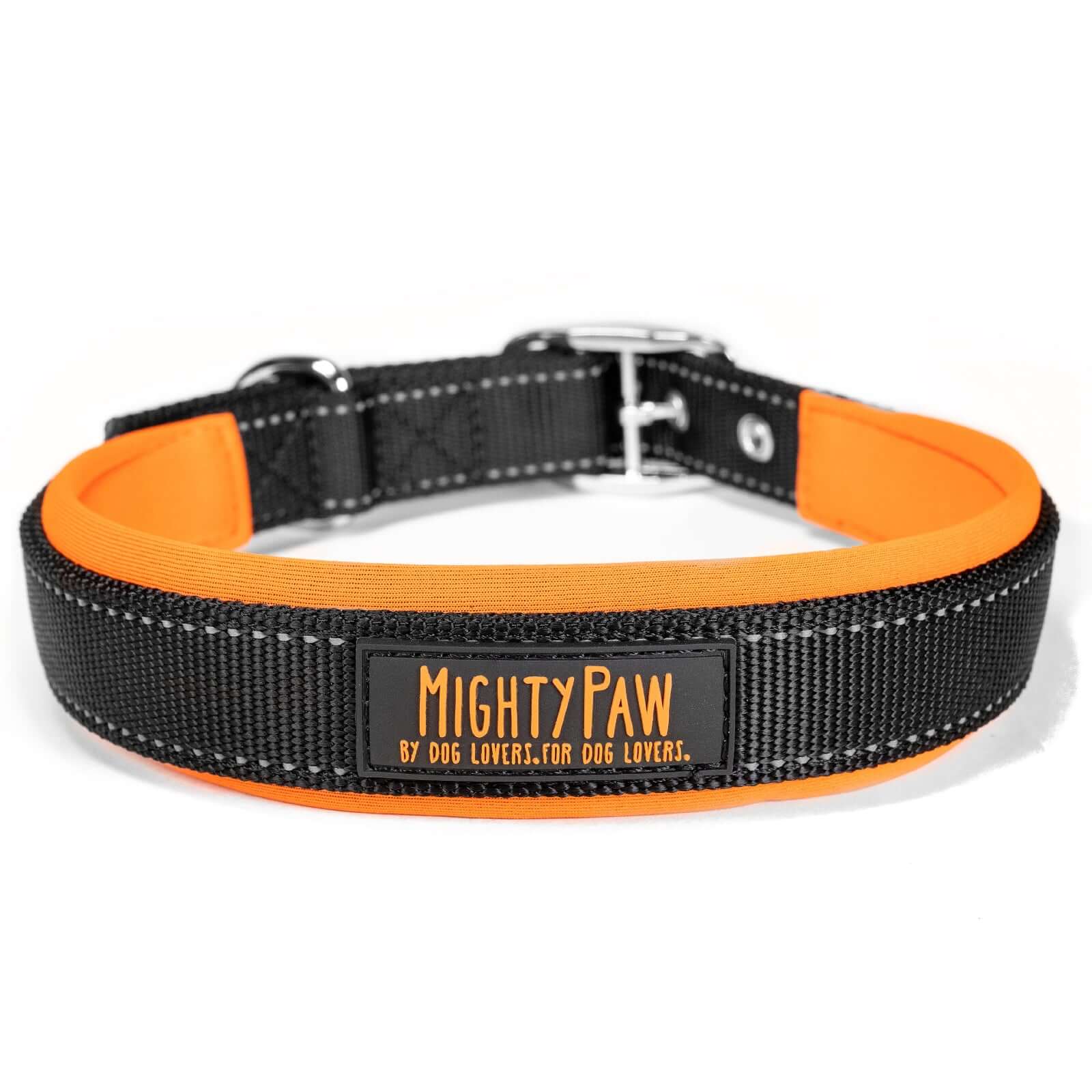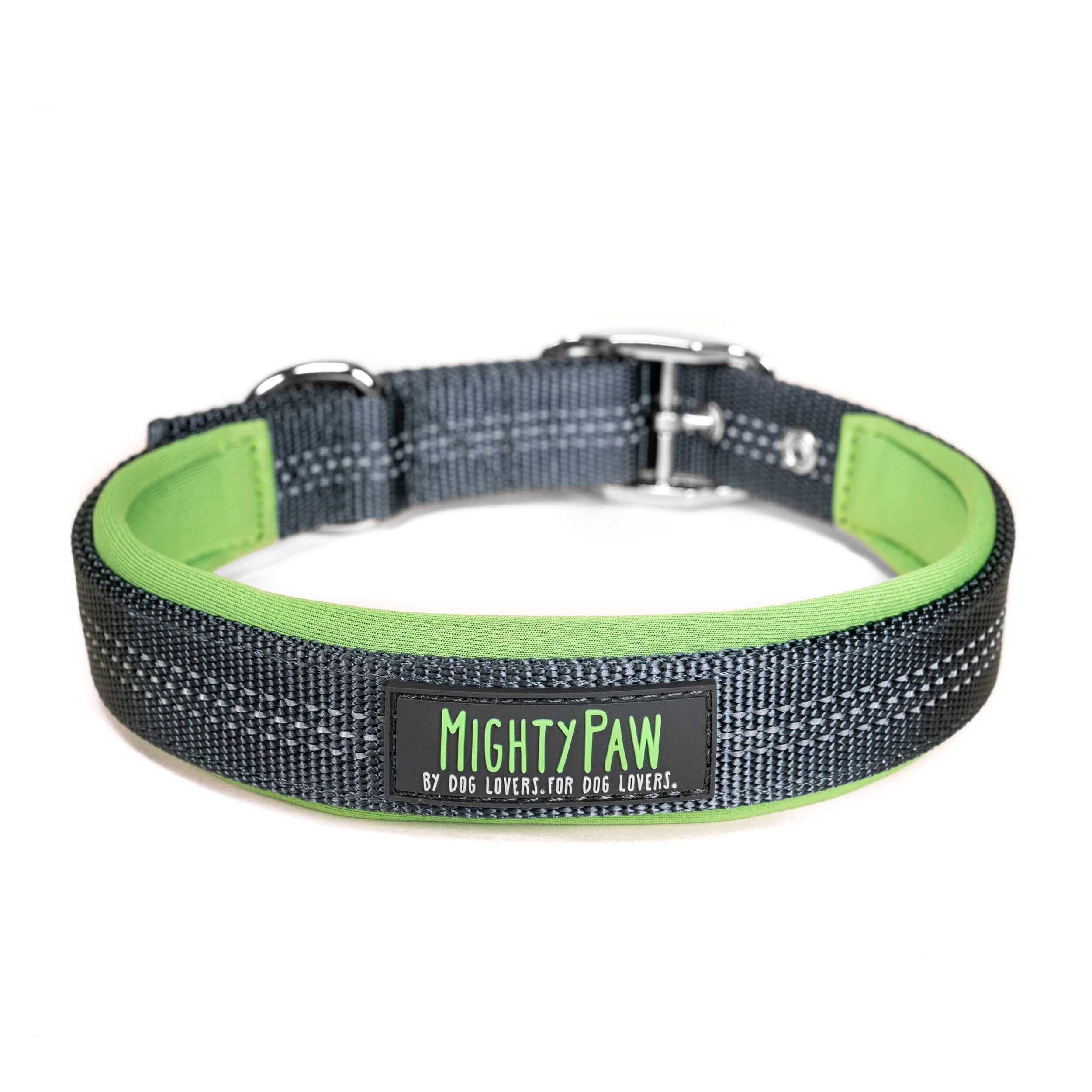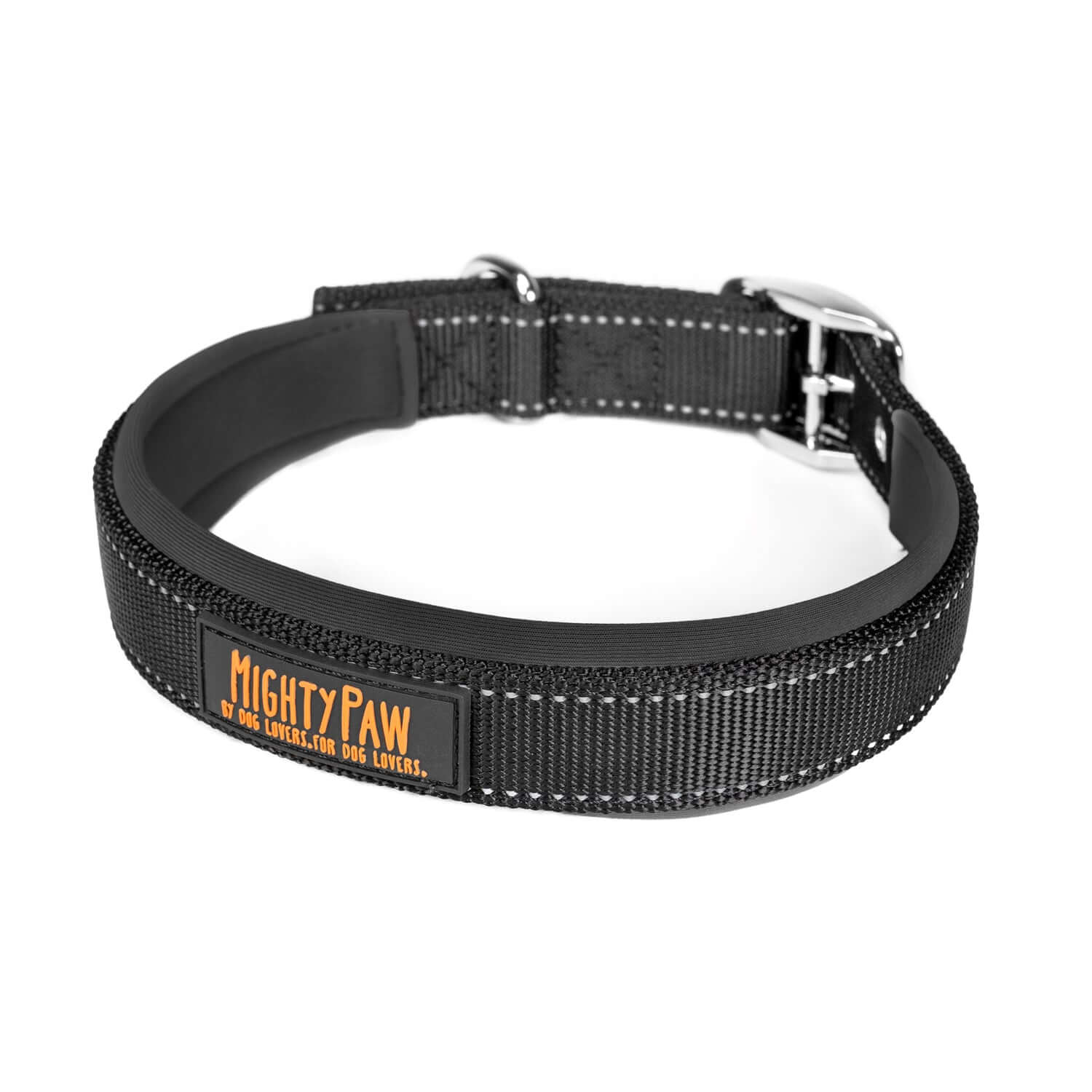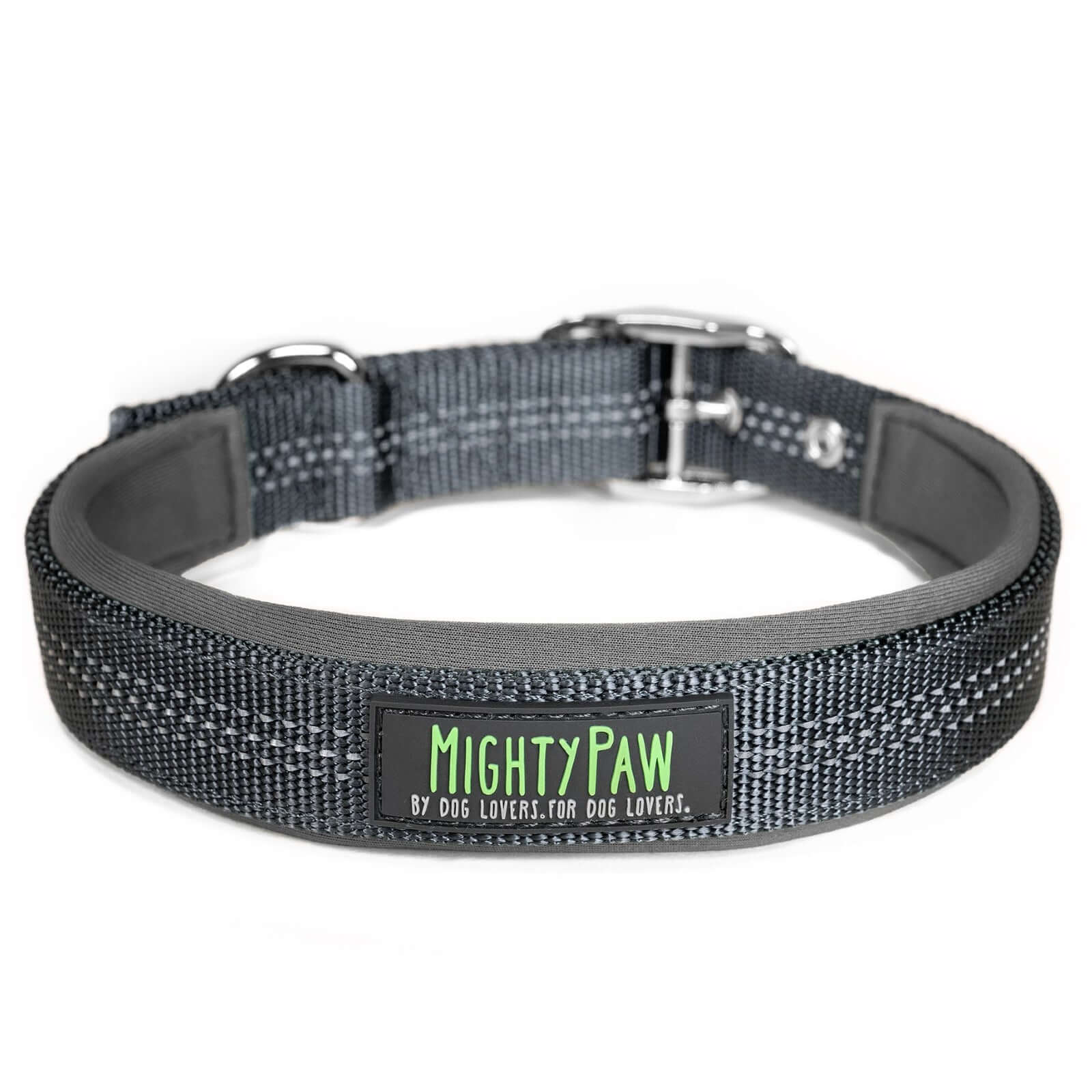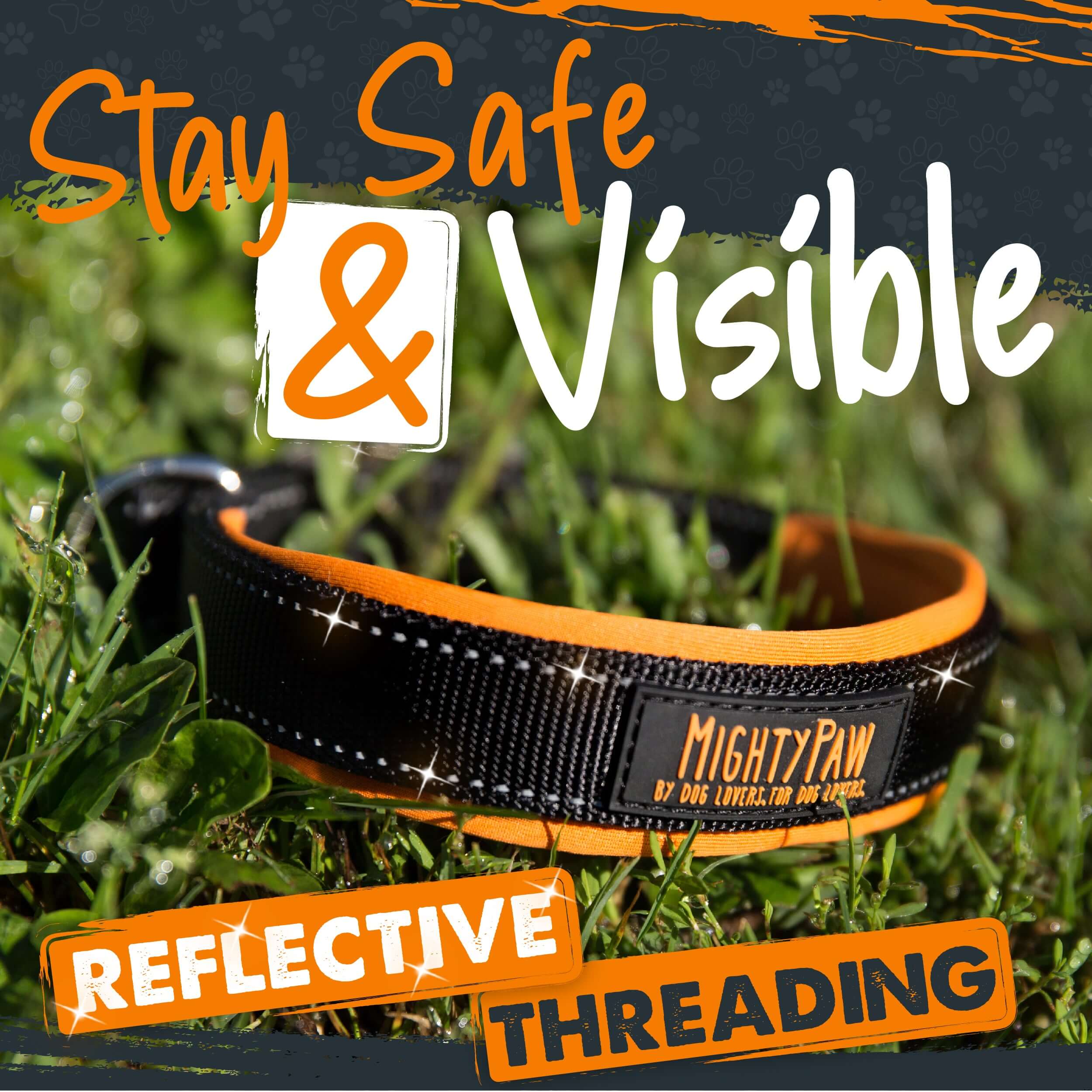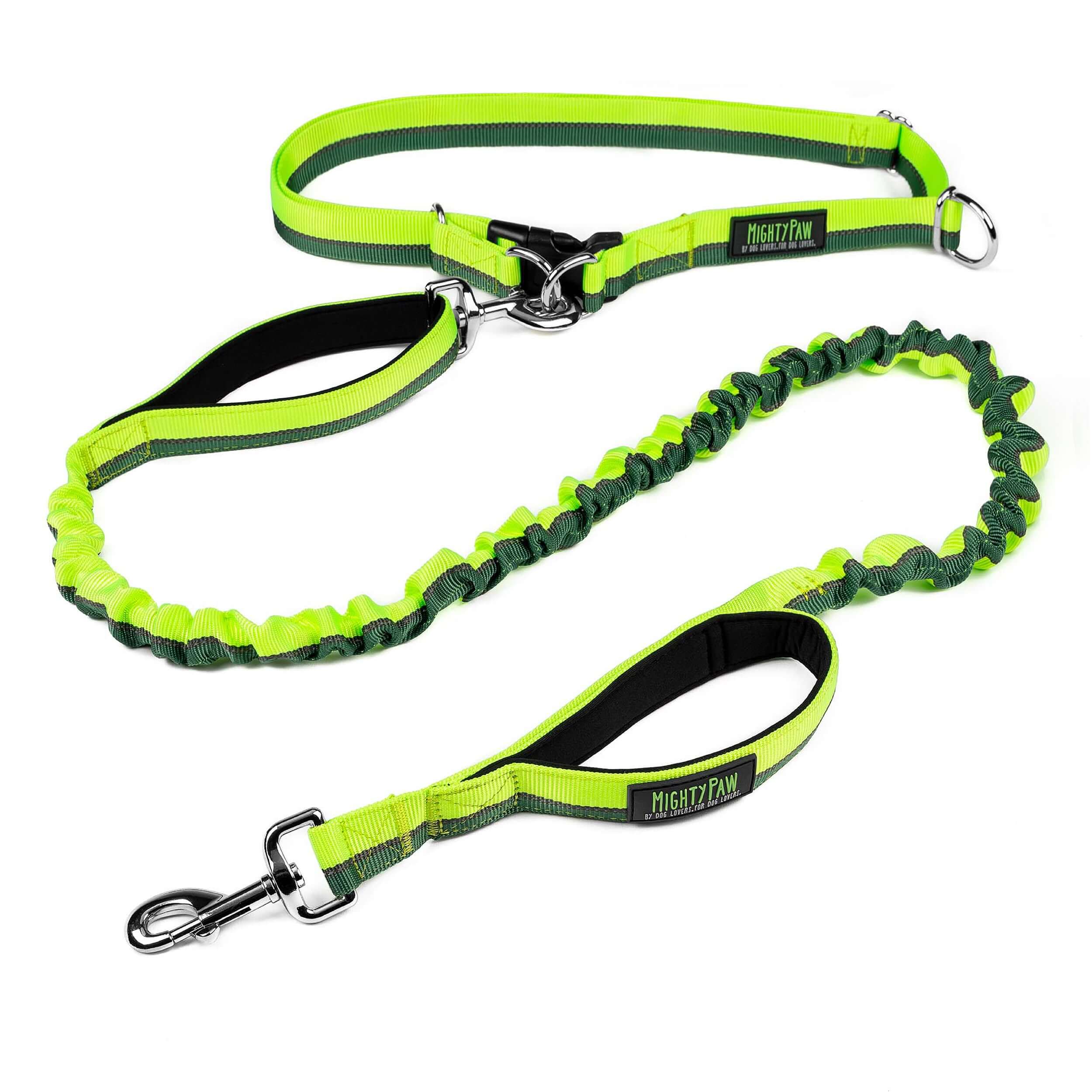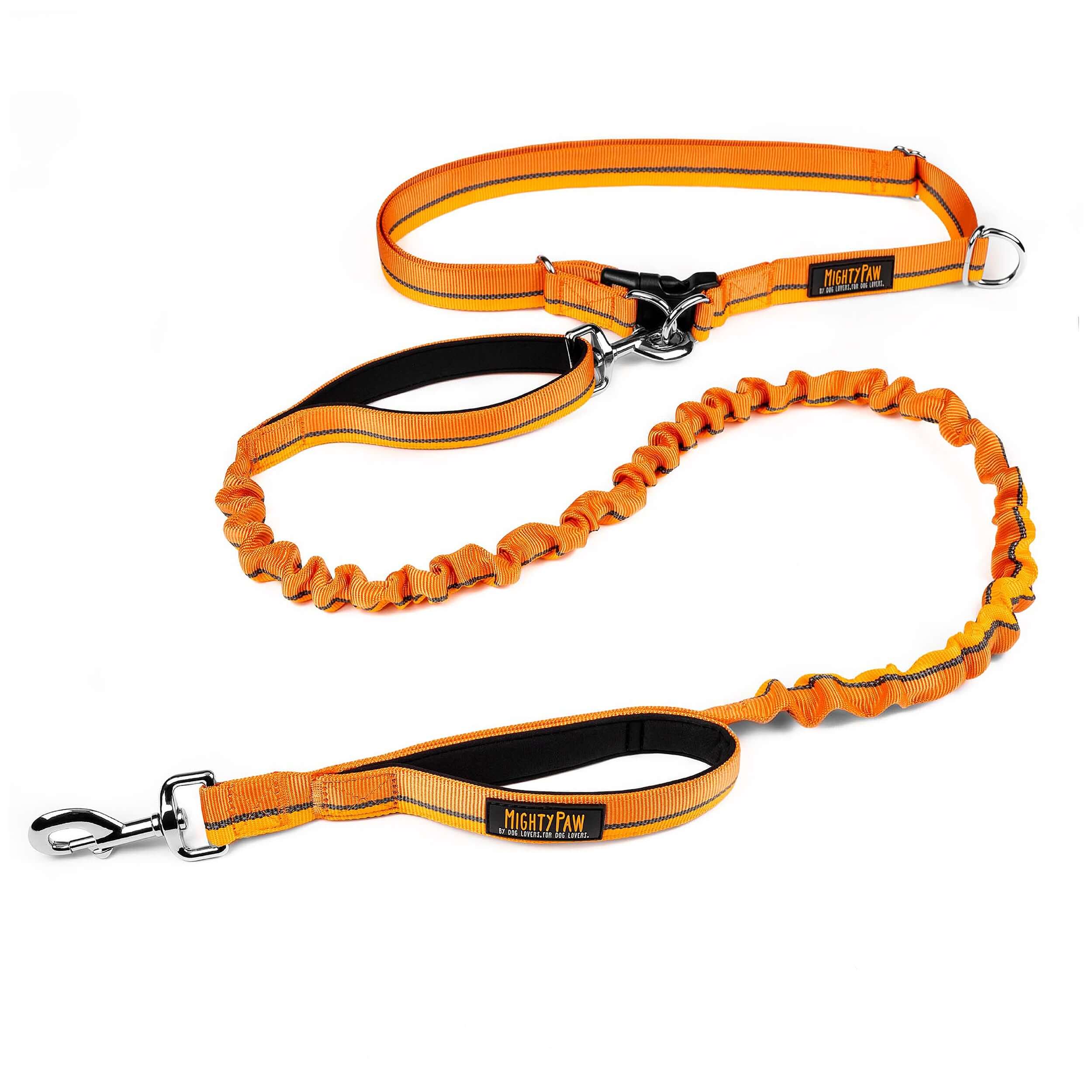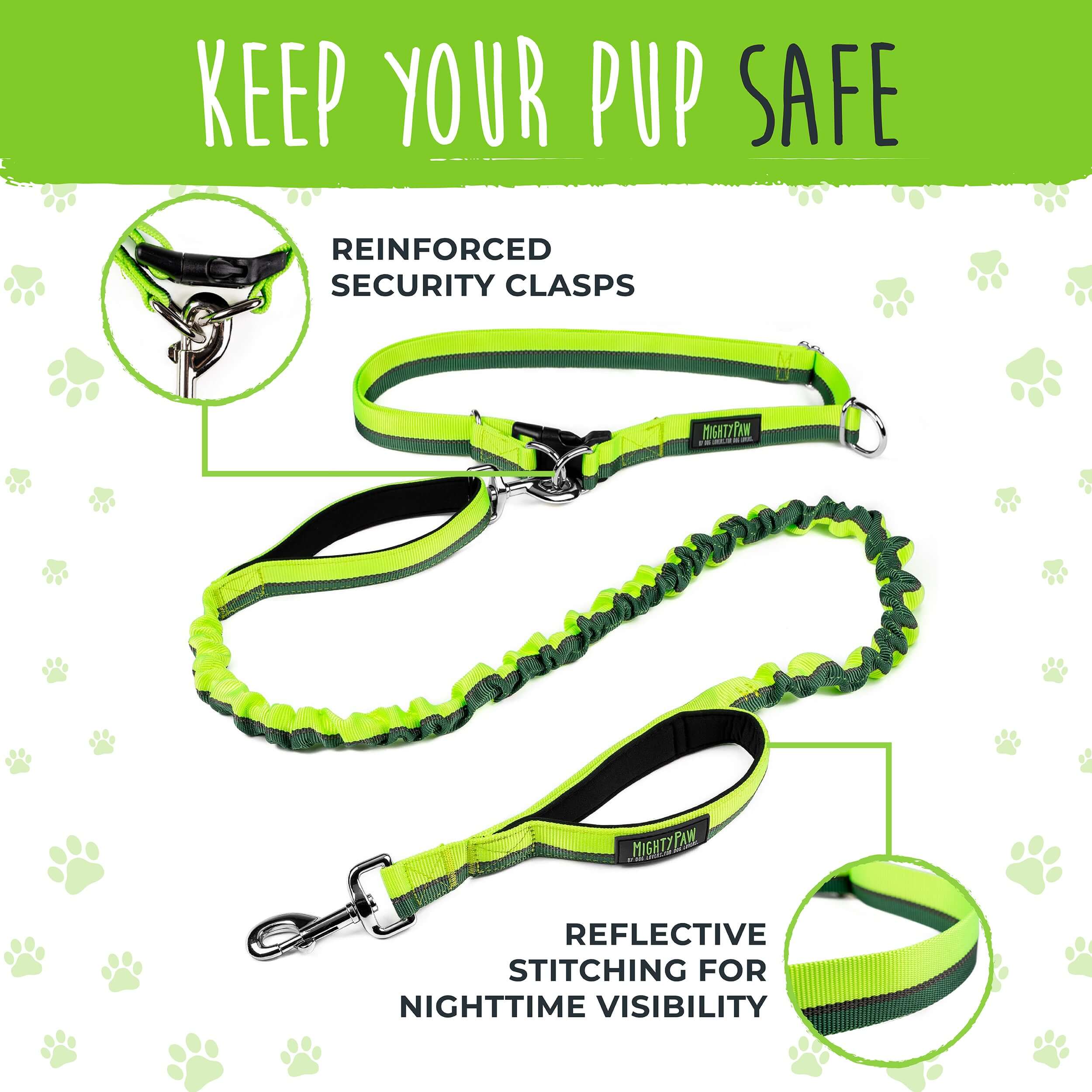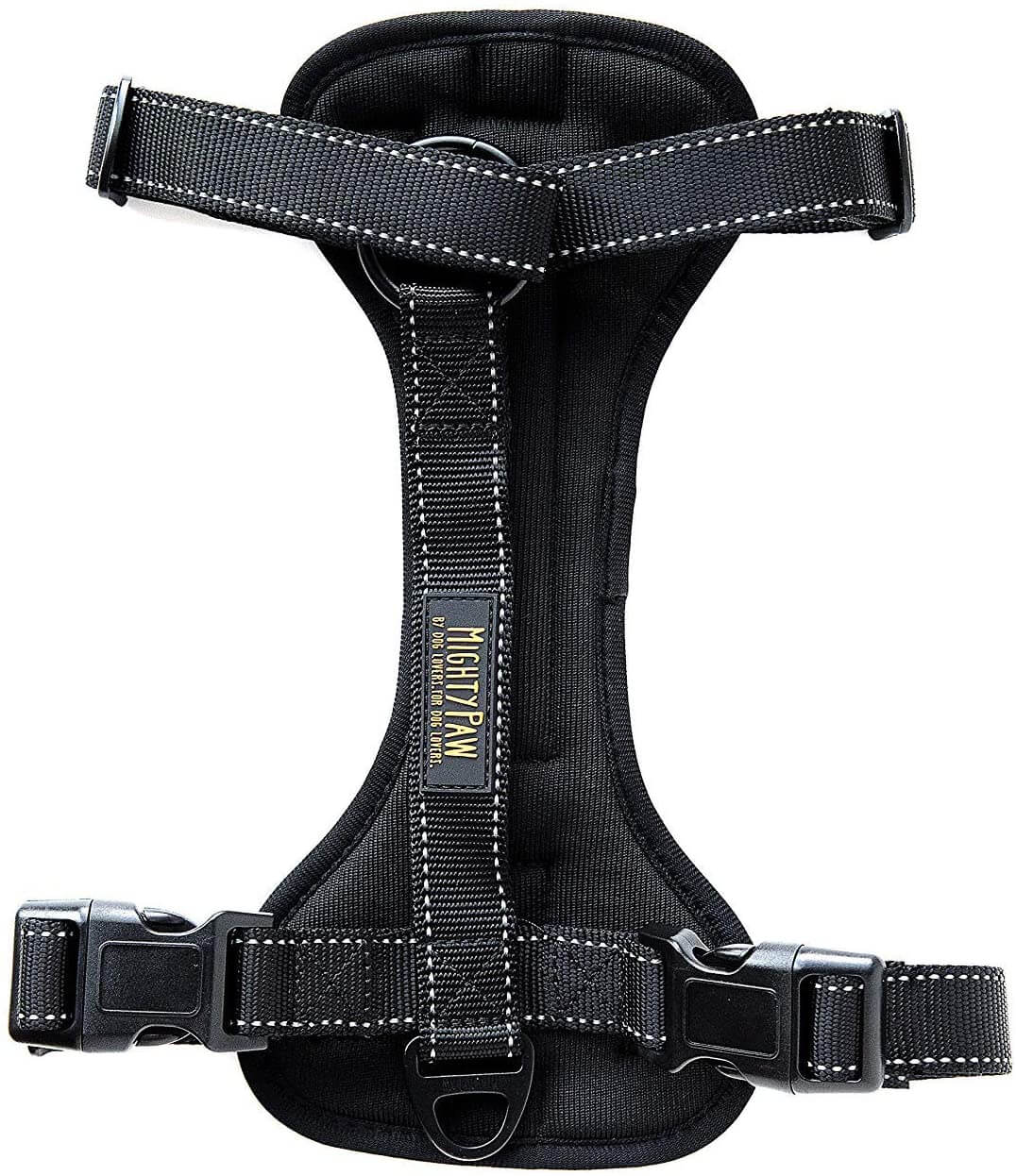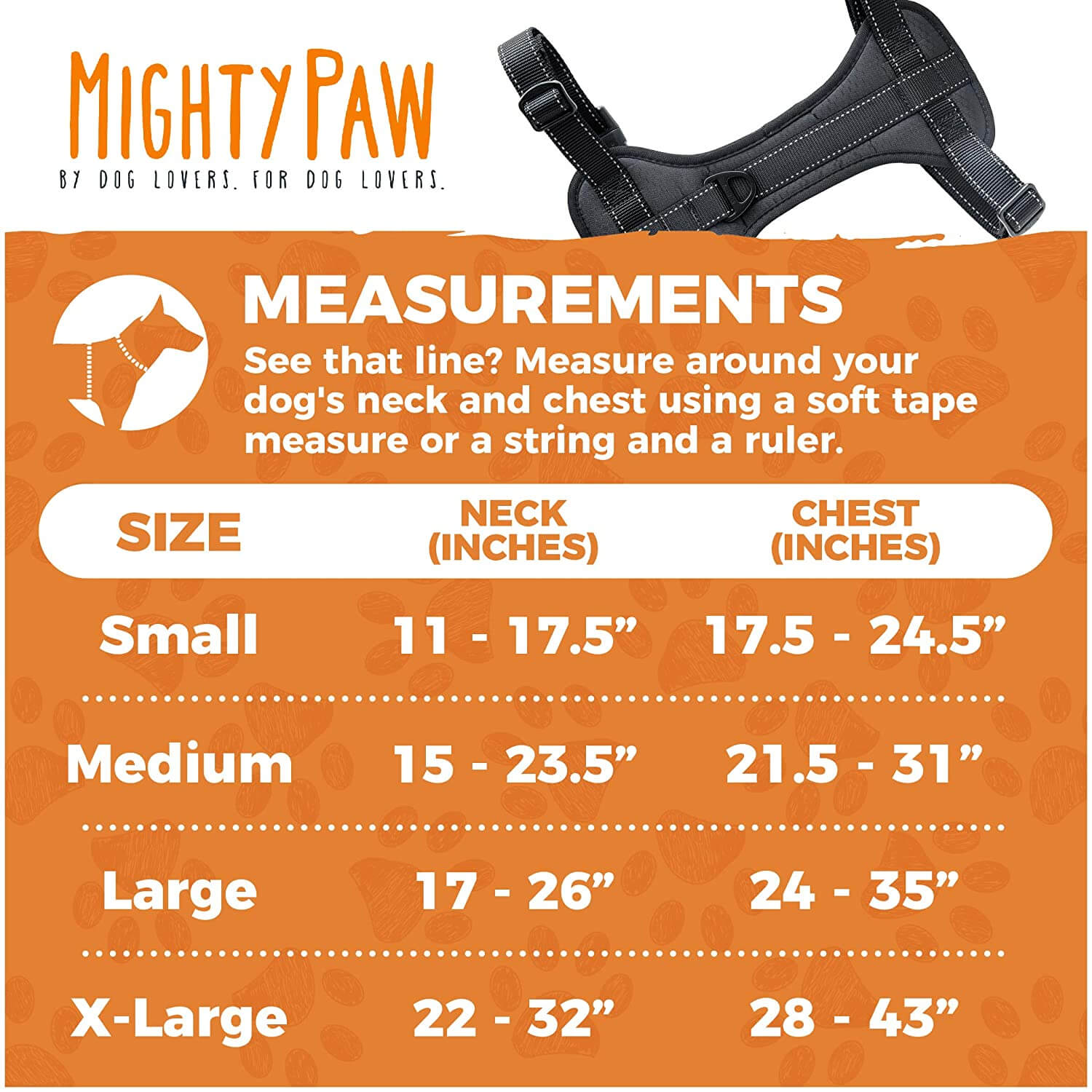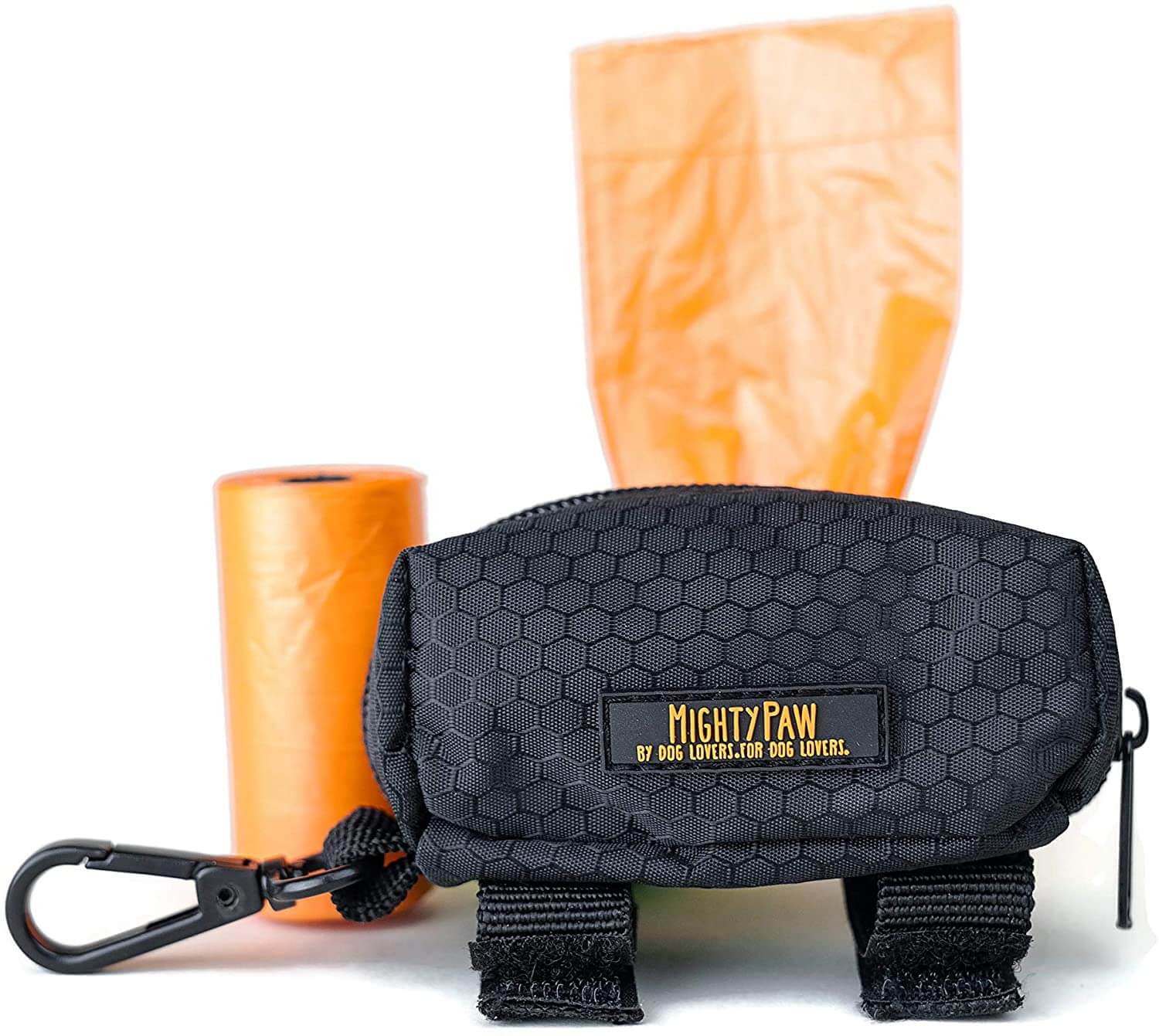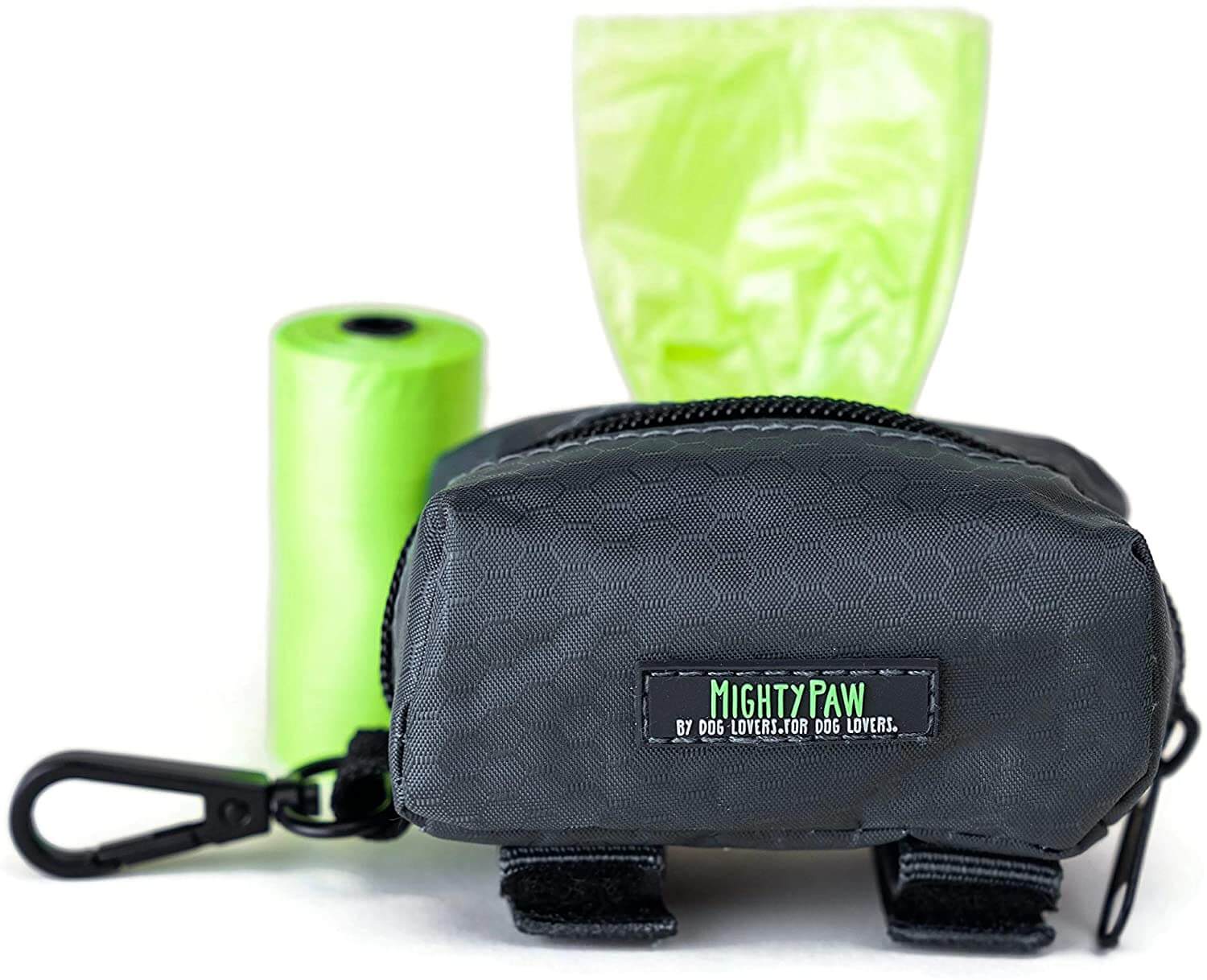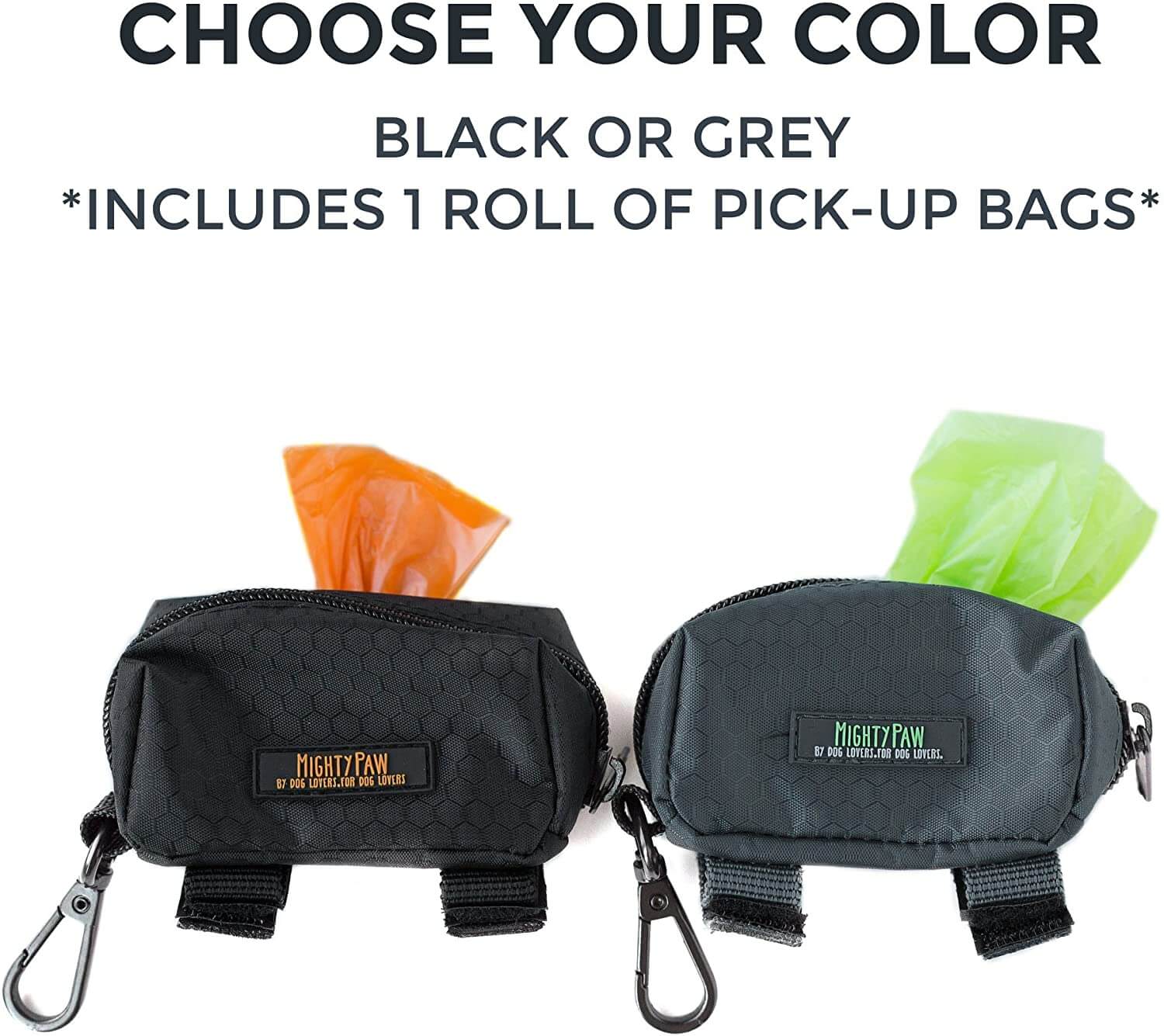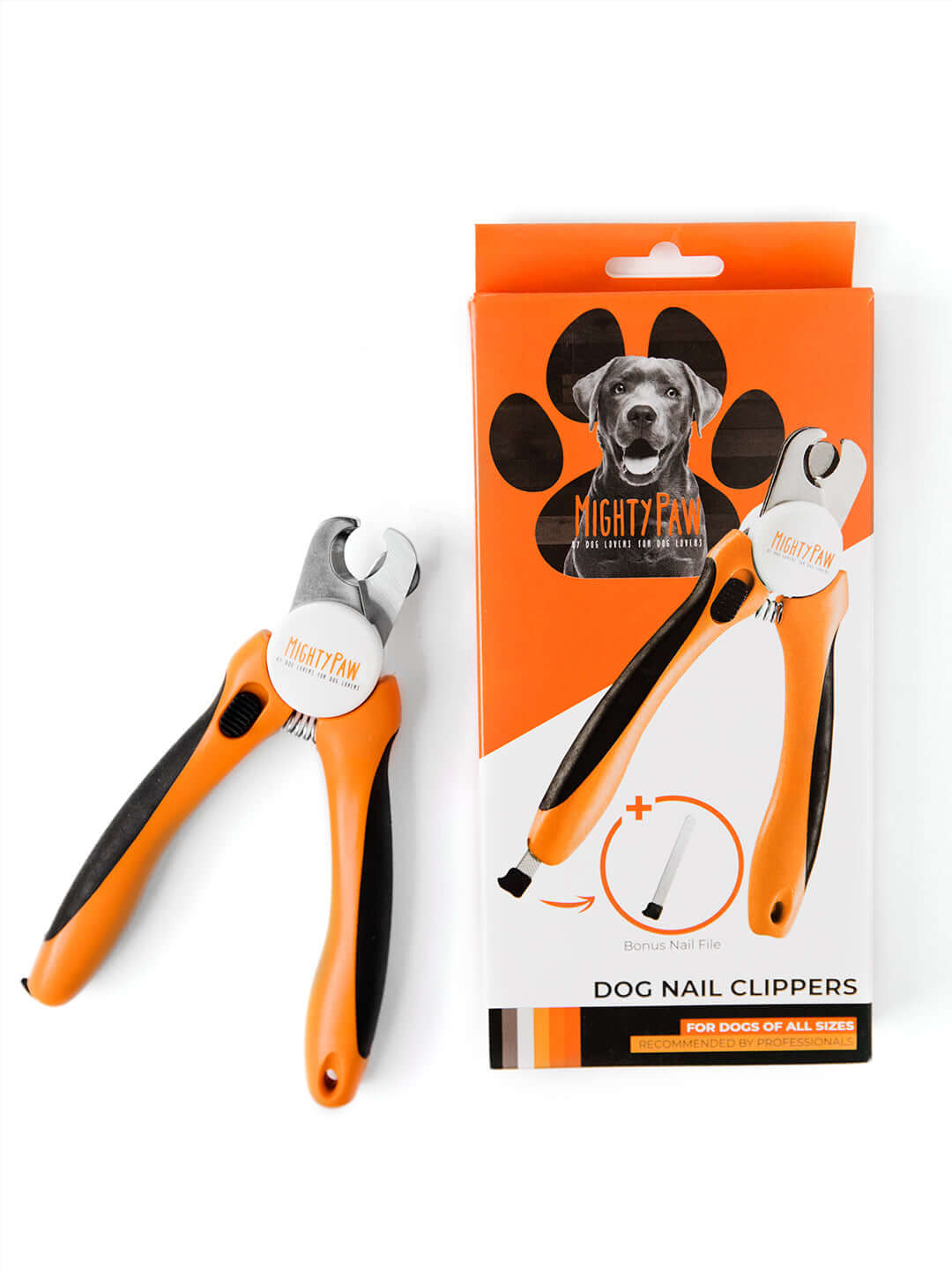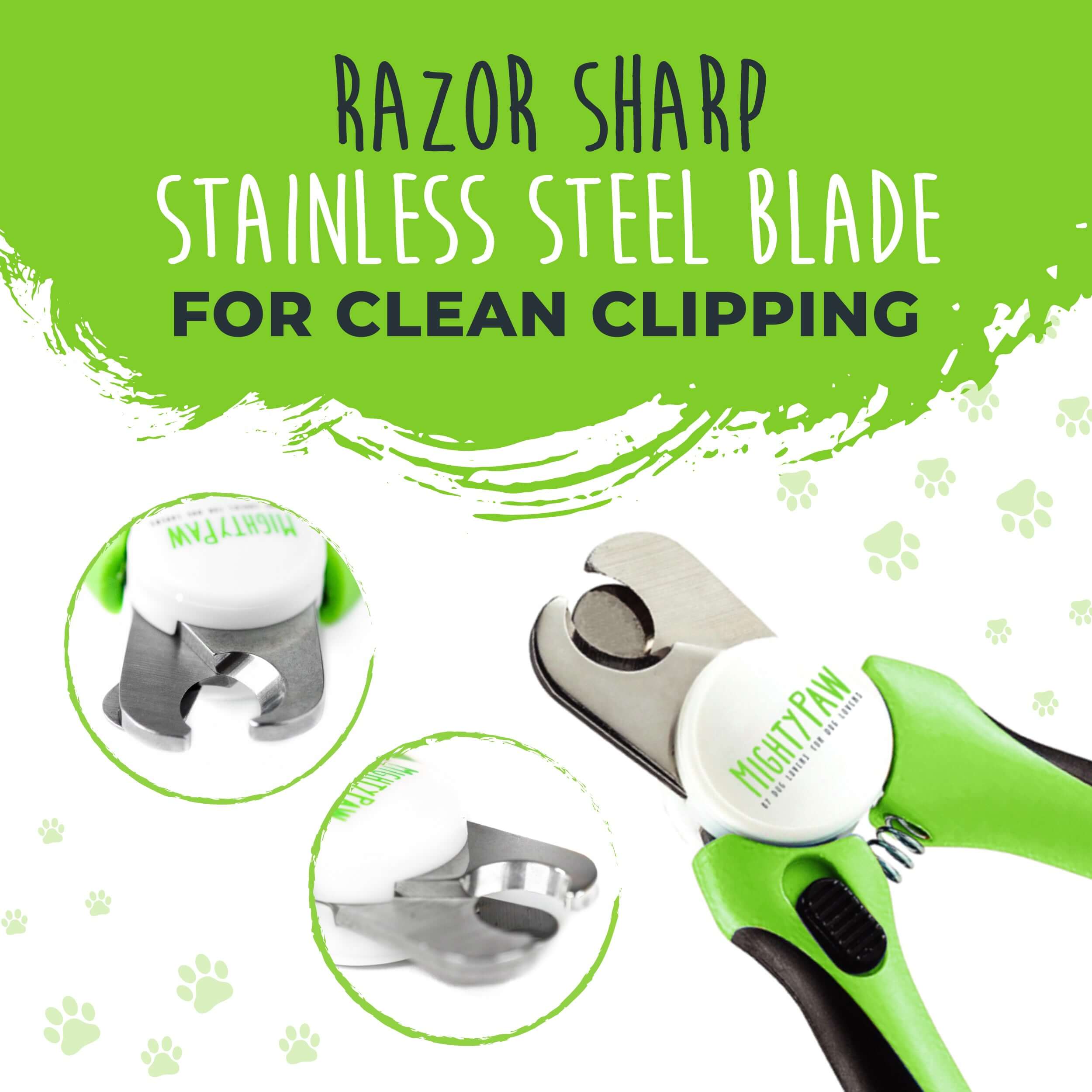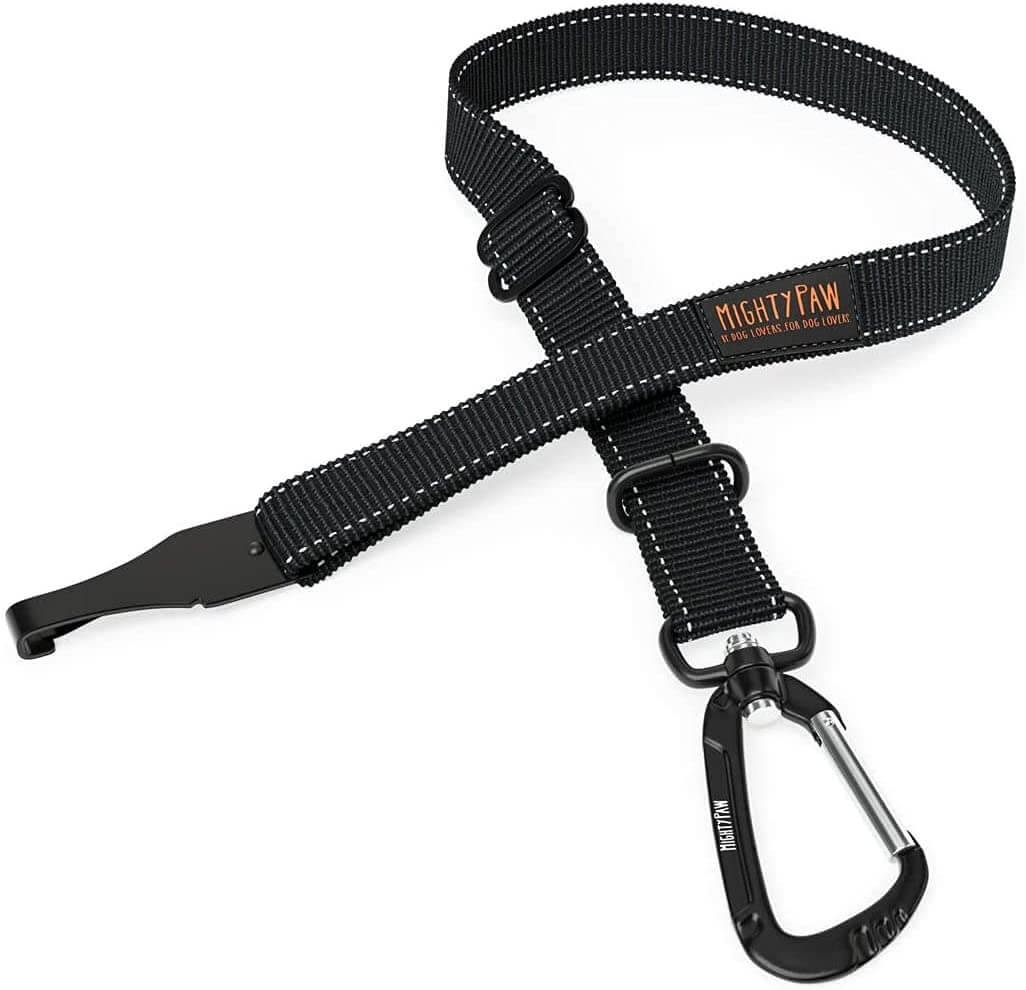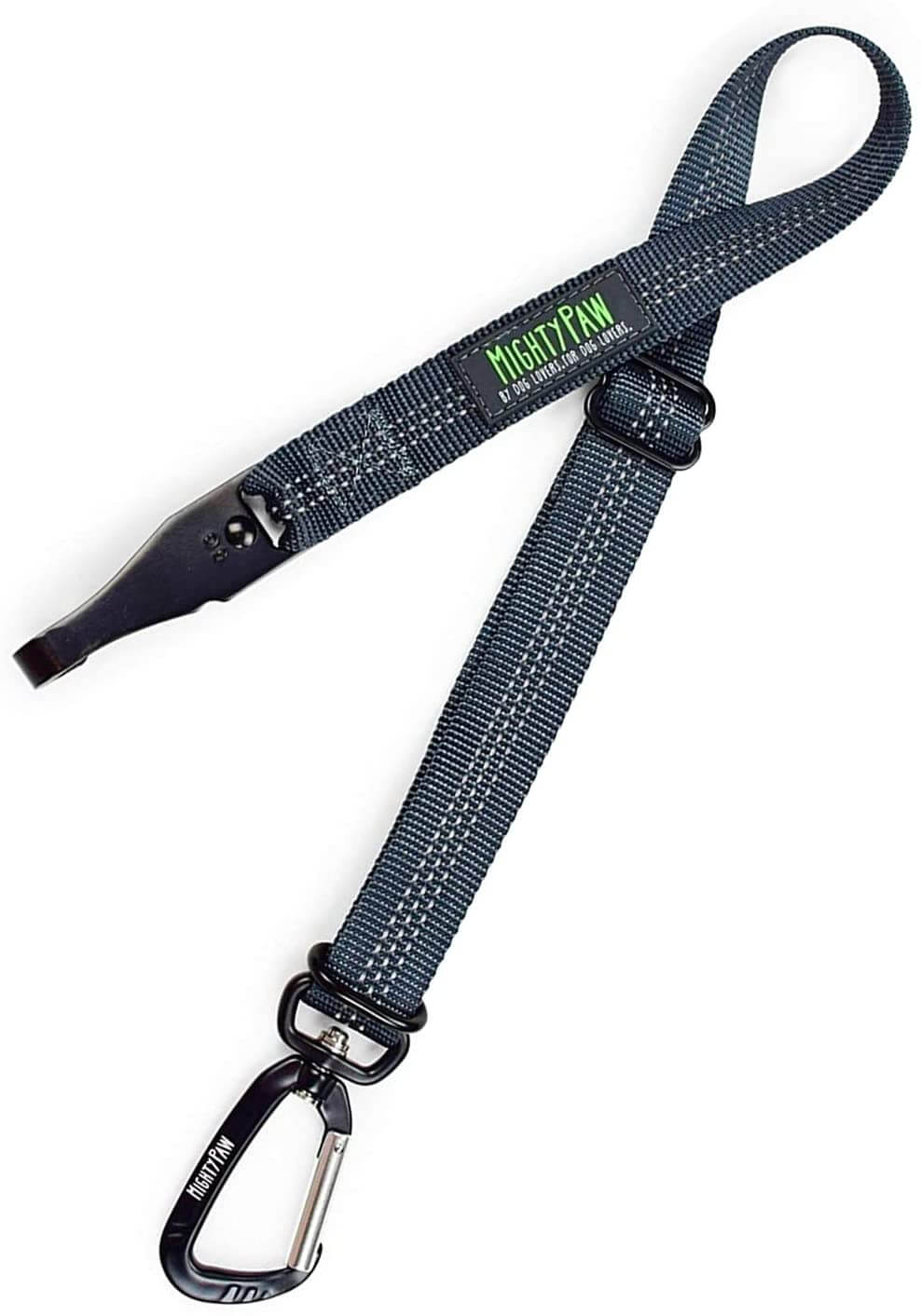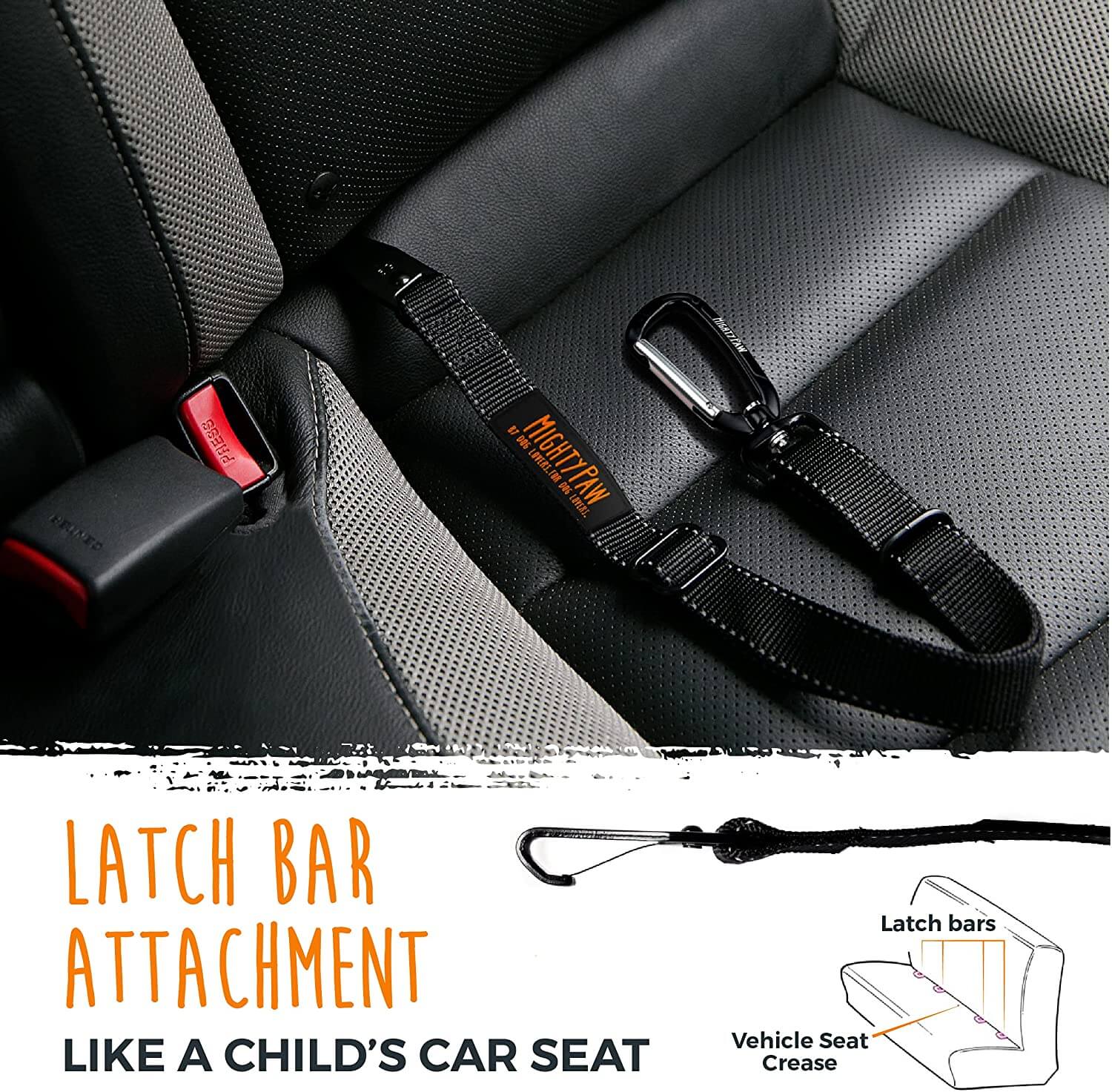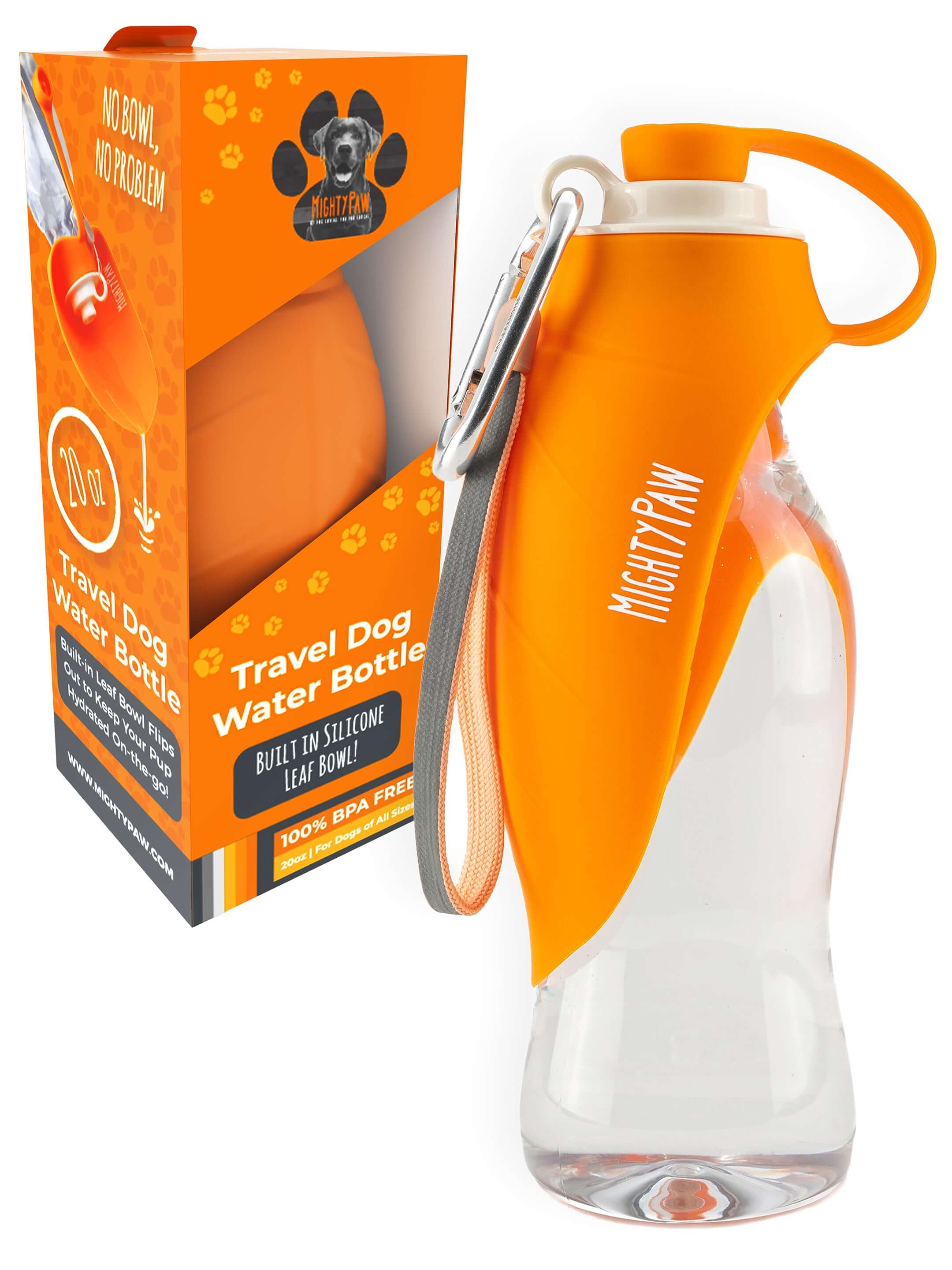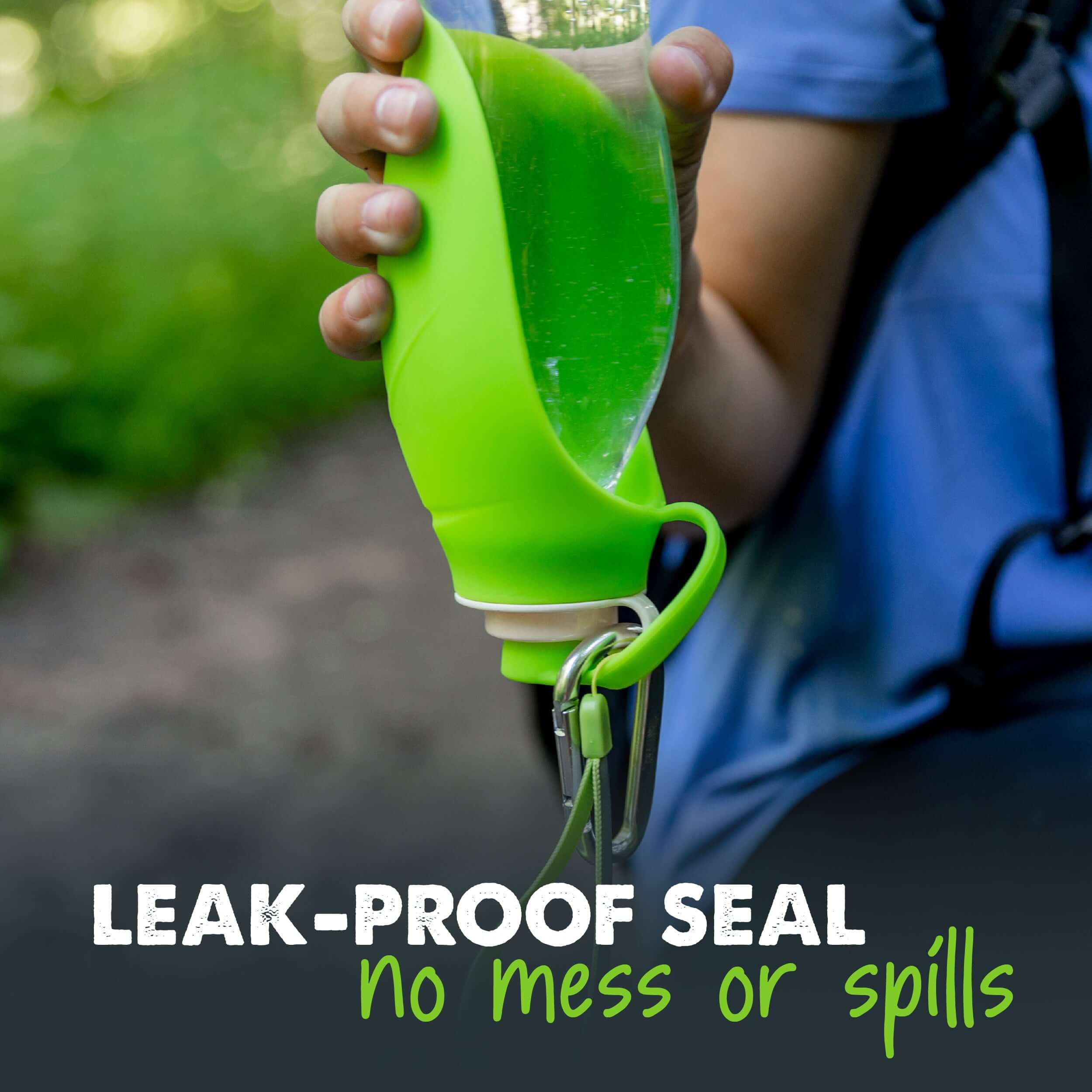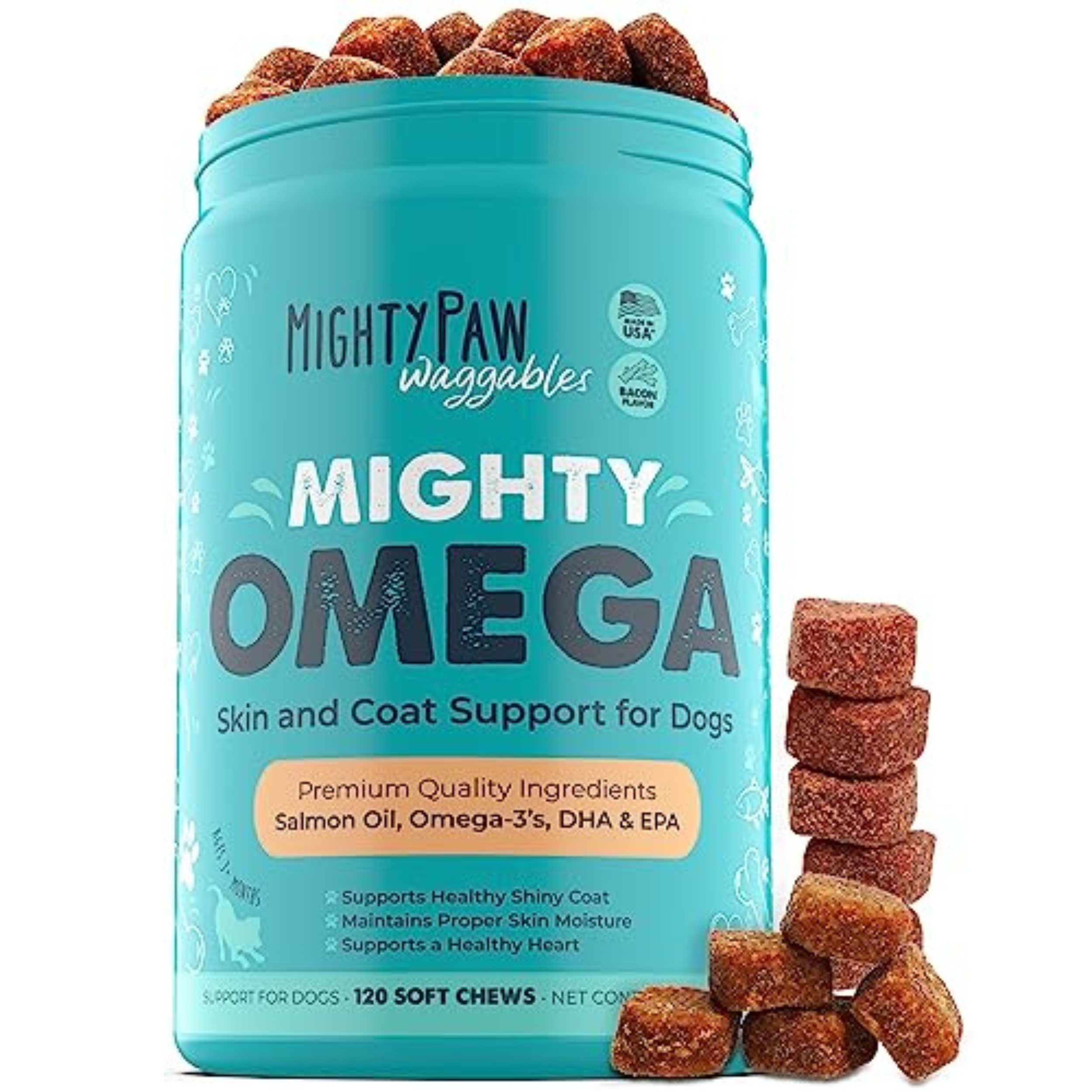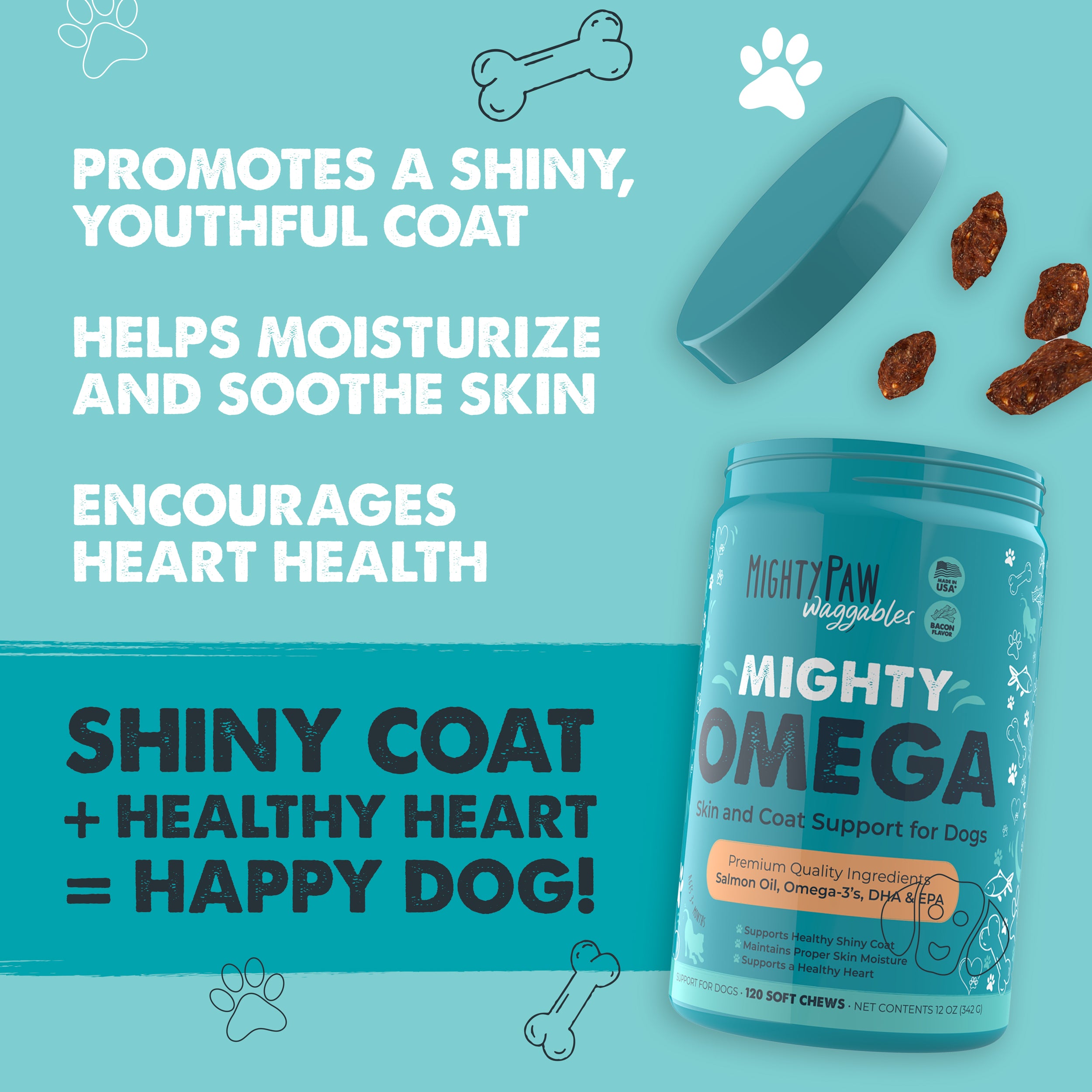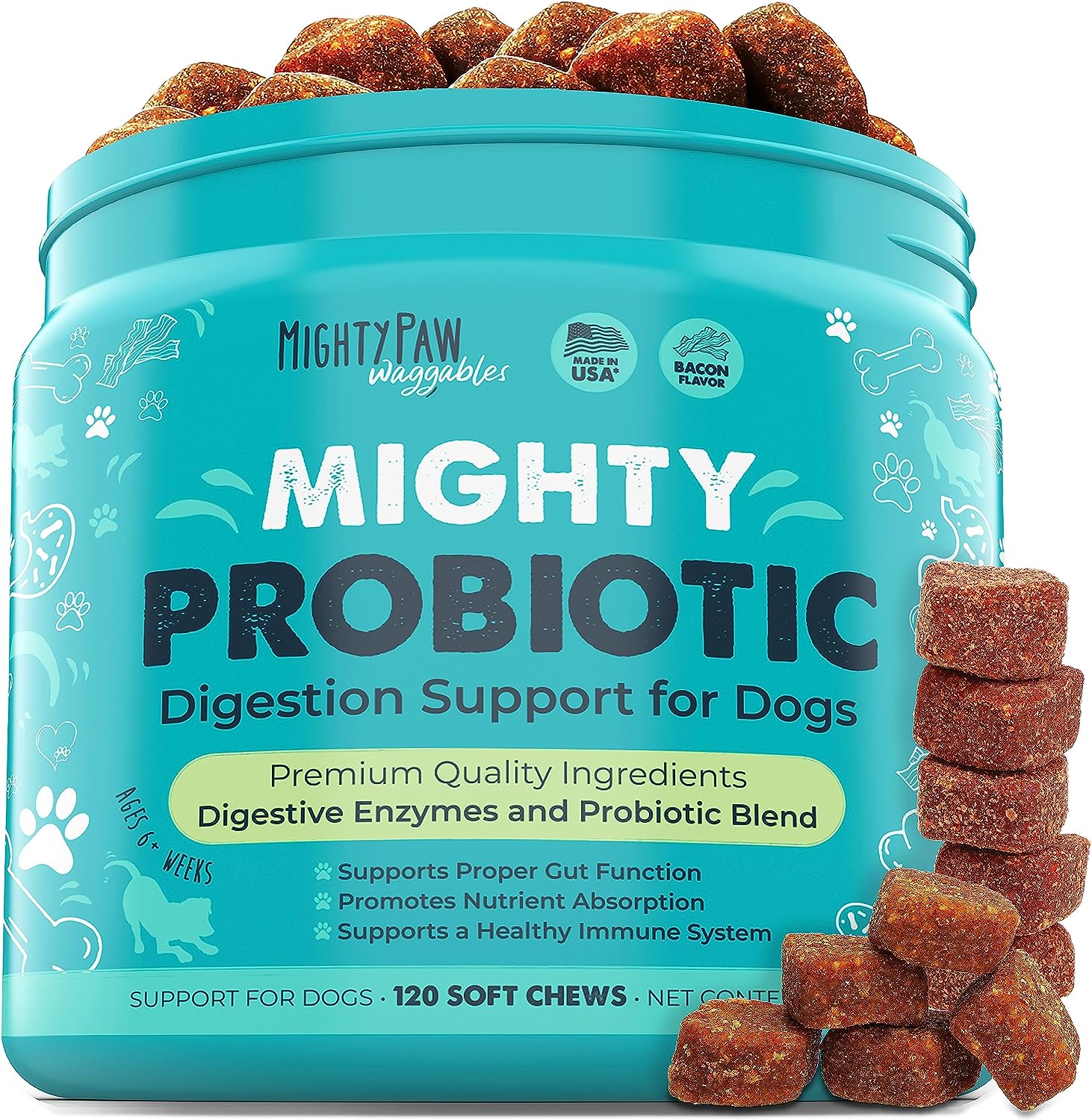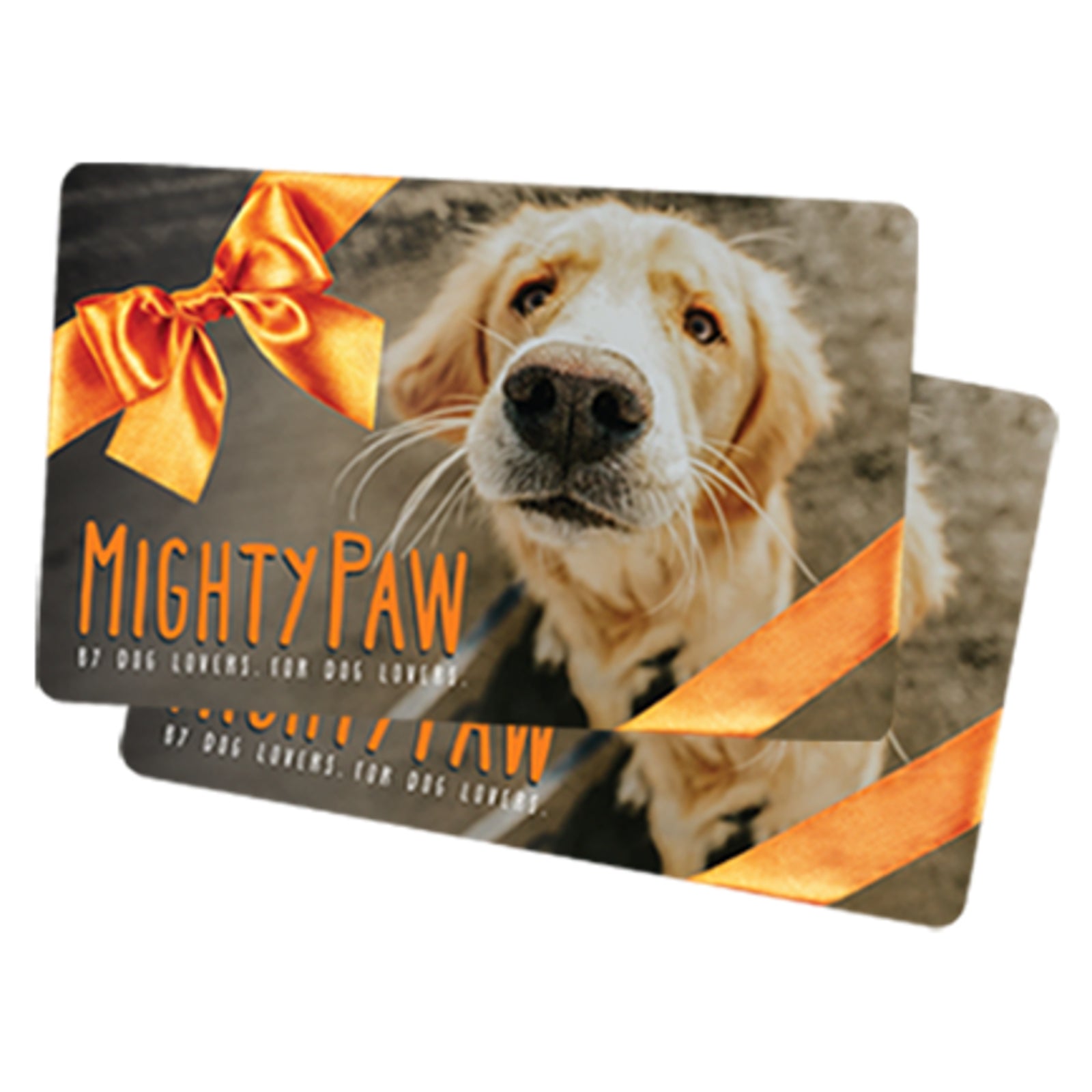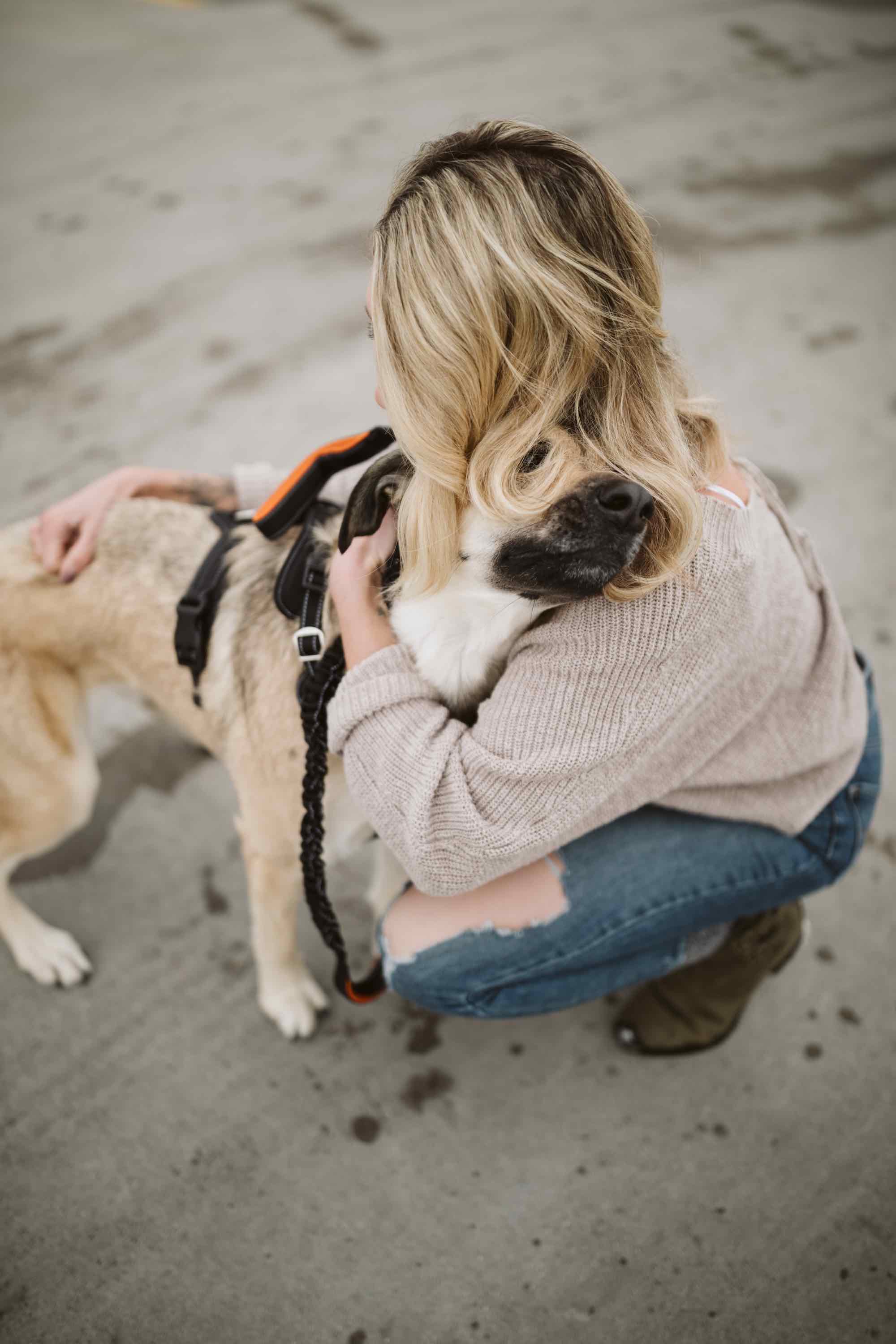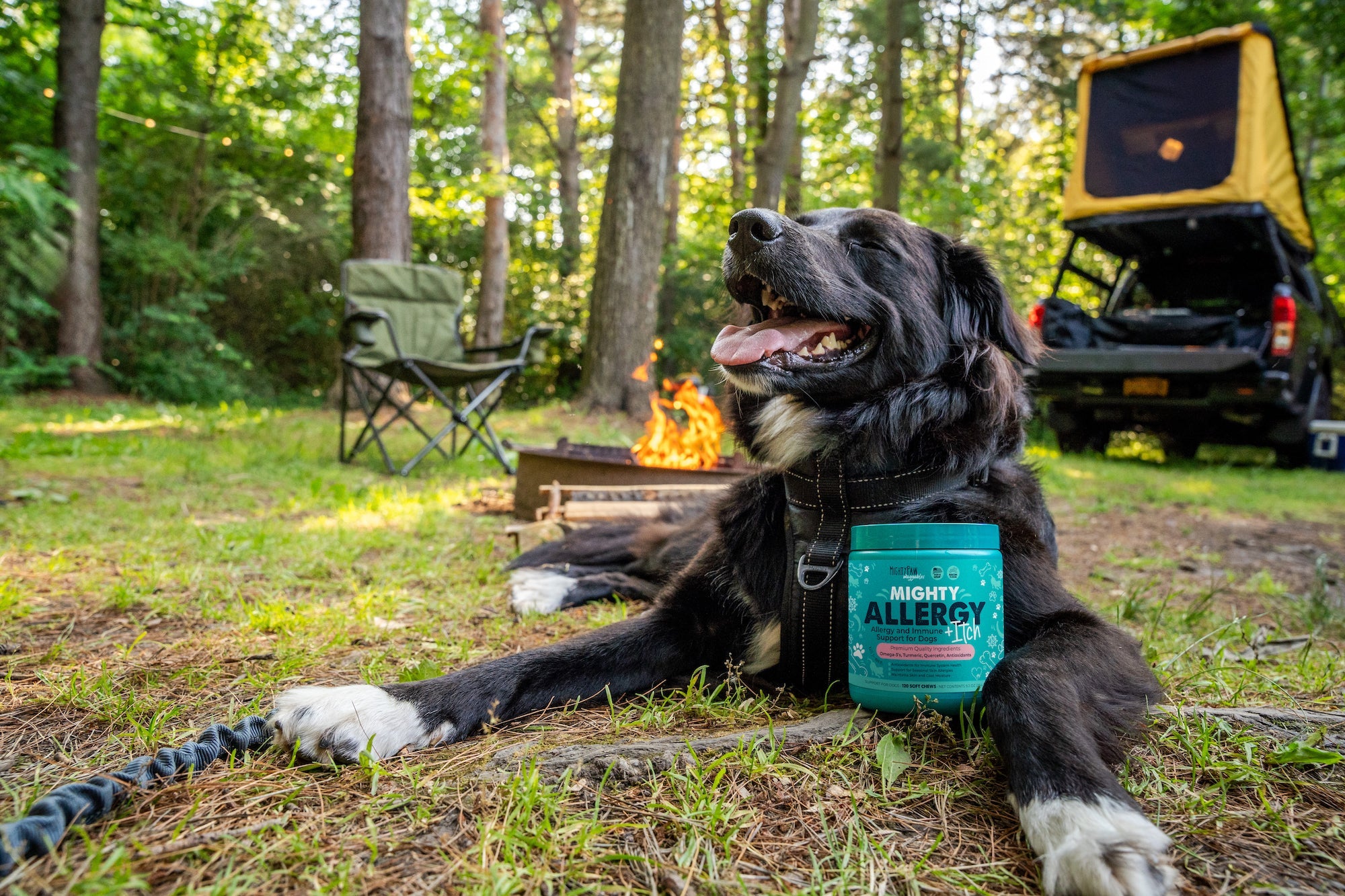One of the most basic and effective ways to protect your dog when the unexpected happens is dog ID tags -- clearly identifying your dog and how to get in touch with you.

It's estimated that one in three pets will go missing in their lifetime. That means about 10 million missing pets each year in the U.S.
Just do it...
None of us expects our dog to wander off or become separated from us. Sadly, it happens every day and when it does, it happens in an instant. Even the most well-behaved dogs can decide to chase a squirrel and slip through an poorly-fitting harness. Sometimes a hole under a fence is too tempting for a curious pup. Or unexpected fireworks send a dog running in fear. There are a million different ways dogs get loose but the result is the same for every dog parent -- feeling heartsick with worry.
In these moments, a simple accessory can make all the difference between frighteningly lost dogs and quick, safe, happy returns home: the tried-and-true dog tag.
Since we don't like to imagine our dogs getting loose, it's easy to just not get around to putting dog tags on our pups. If you don't already have ID tags on your dog, the resounding advice you'll get from everyone from shelters and rescues to animal control staff to the many pet owners who have suffered through a missing pup: don't wait... just do it now.
You''ll have peace of mind that your dog is identifiable and you're reachable, and your pup has an exponentially higher chance of getting safely back in your arms quickly if he or she goes missing.
Questions dog parents often ask...
1) If my dog is microchipped, do I really need a traditional ID tag?
Yes! When your dog goes missing, most likely the people who spot your dog won't have a microchip scanner on them. Precious time can be lost trying to coax your dog to a shelter, animal control, or vet's office for scanning or attempting to reach you with a general alert through social media. A visible phone number on a traditional tag is the fastest, easiest way to get you and your pup back together.
2) Is microchipping worth doing if dogs wear an ID tag?
Again, yes! As important as tags are, they can come off or be taken off -- or the collar holding them can get lost in brush or other conditions. With a microchip, you can be sure you have an ID that's always there for scanning (most rescues, shelters, vets, animal controls have scanners). These tiny chips, the size of a grain of rice, carry your contact details in the microchip database and are a lifesaving backup to the traditional tag.
Rescues and shelters recognize the importance of microchips in reuniting and keeping dogs with their families. So much so that virtually all make it standard practice to chip dogs and cats before they're adopted, then transfer contact info to you.
3) Is it a legal requirement for a dog to wear an ID tag?
There's no federal law requiring ID tags, but your local government may require them as well as rabies tags. ID tags and microchips specifically (since collars/tags can be come off) are always important and valued by animal control and shelters since identifiable pets are easier to claim from shelters, opening space for the truly homeless and reducing the risk of unwarranted euthanasia for unclaimed dogs and cats. They also help resolve disputes over ownership, which can arise from accidental escape to instances of theft.

Tips for effective pet identification
What to include
At minimum, an effective ID tag for your dog should include your dog's name and at least one current phone number—though two numbers are better. The more contact options, the easier it is to reunite you and your dog. You can also add "microchipped" so shelters can scan for additional information.
Keep ID info up to date (and legible)
Seasonal tag checks should be part of your routine, ensuring no important details have faded with time and wear and tear or are out of date.
Tools that help prevent getaway mishaps
Beyond all-important tagging, there are many everyday things you can do to keep your dog safely by your side. A few of our favorites:
- A martingale collar. For dogs who wear collars when lightly on leash in non-walk situations, this martingale collar made of nylon gently tightens to keep it snug and helps avoid the risk of slipping out of a too-loose collar.
- A well-fitted, durable harness. For all walks, a harness that's adjustable and fits well is a more comfortable, secure alternative to collars; harnesses distribute the force of any pulling evenly, protecting your dog's neck. You'll want the fit close enough so your dog can't wiggle out of it.
- Calming treats. Mighty Calm Chews help you keep your pup relaxed and at ease anytime -- and especially on those days like July 4th or during thunder storms when anxious dogs are more likely to become scared, bolt out of fear, and end up lost.

At Mighty Paw, we believe in helping you keep your dog healthy, happy, and safe so you can relax and get on with living your best lives together. That's why we're dedicated to finding ways to help you bring more wellness to your dog's life and more fun into your everyday adventures.
We're committed to providing high-quality products that are safe, durable, and practical for everything you need to keep your pup enjoying every moment by your side.

